The name Titanic undersold its size
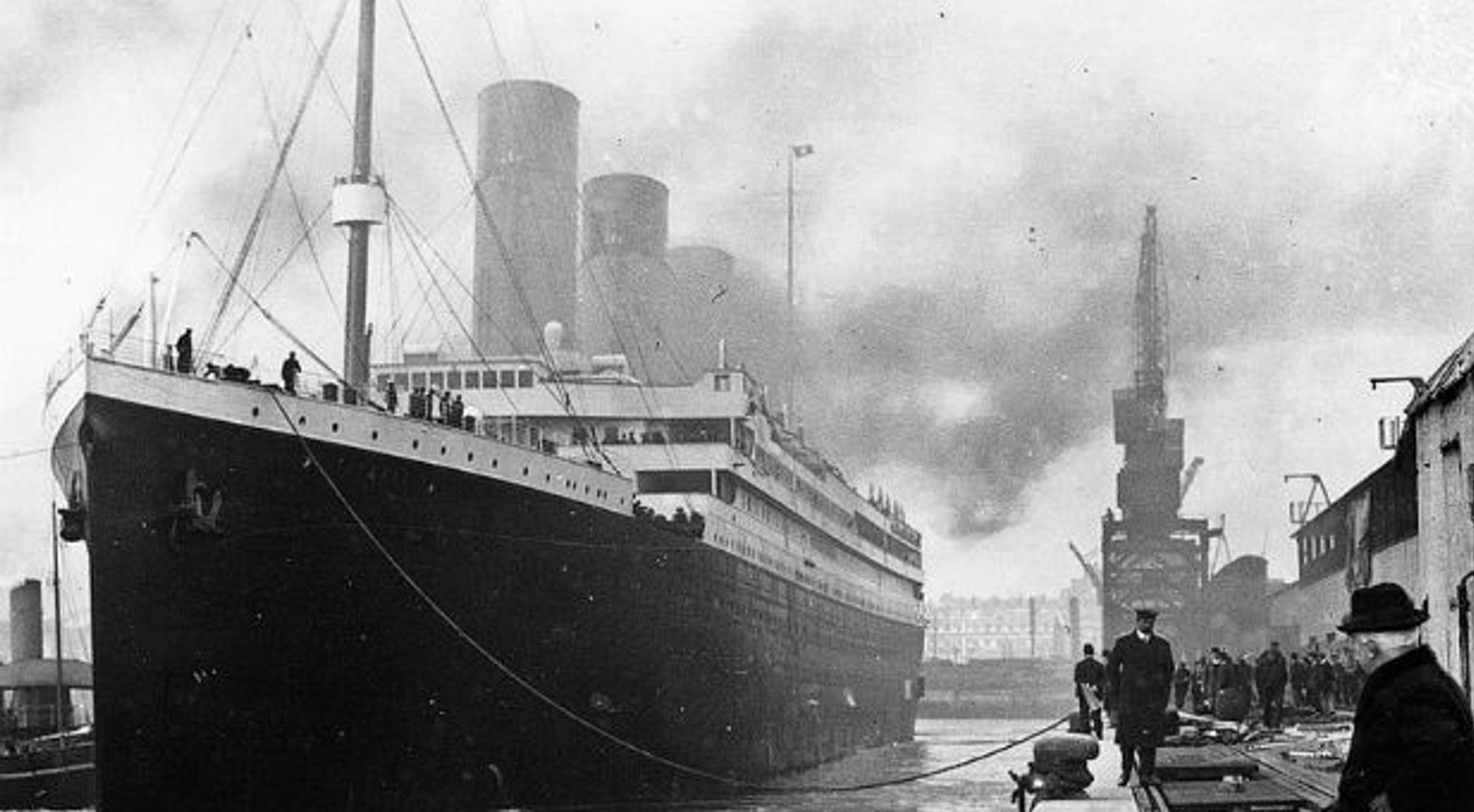
When it was unveiled in 1912, the RMS Titanic was the biggest passenger vessel in the world. It was 882 feet long, 175 feet tall and weighed 46,328 tons. Its mammoth size made it the subject of endless press coverage about its safety and cutting edge technology, which made it all the more shocking when it sank.
It was most deadly for third-class passengers
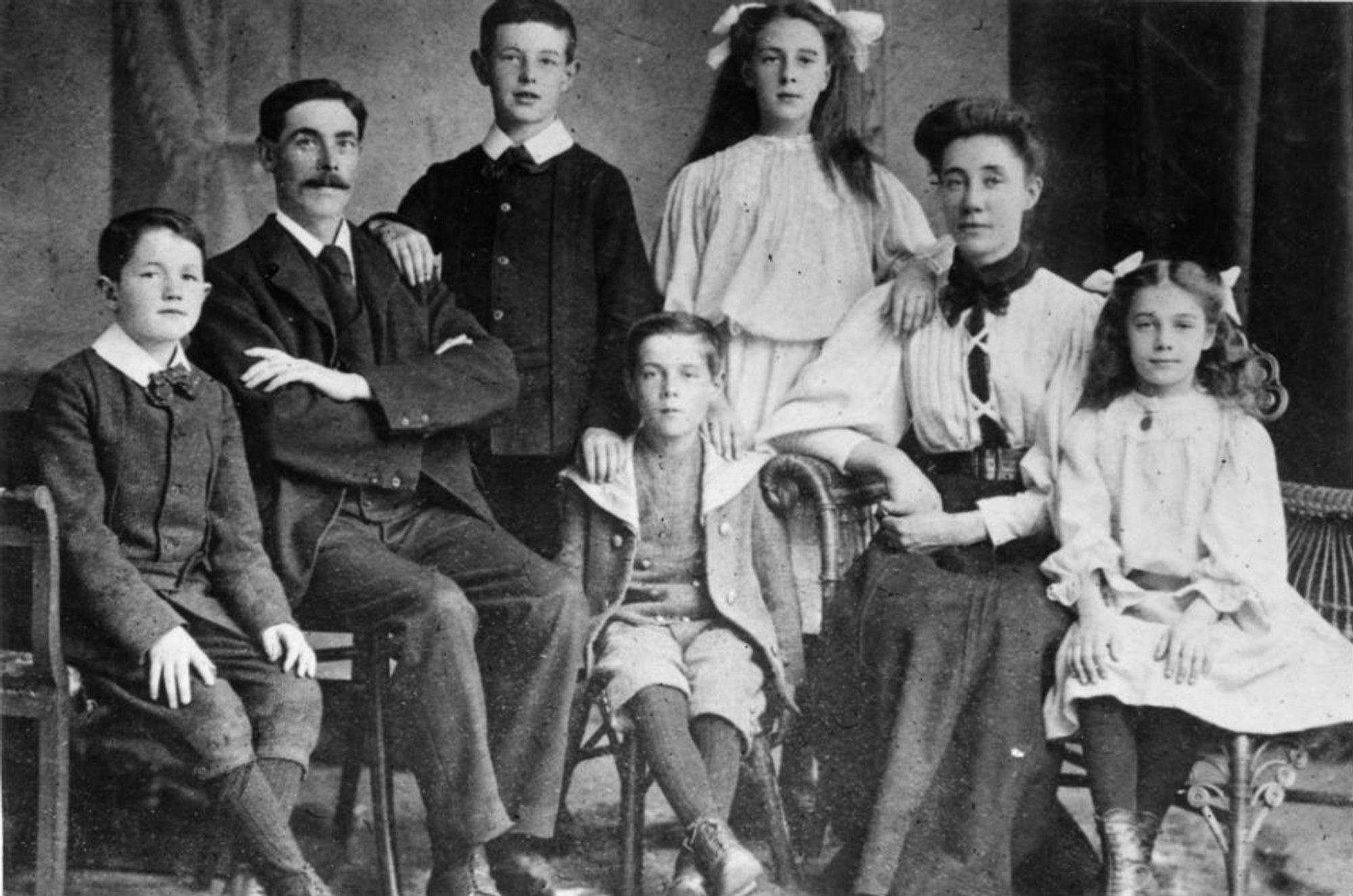
Like many tragedies throughout history, the sinking of the Titanic affected working-class people the most. Many of the ship’s passengers were poor families looking to start a new life in America, and their quarters were at the very bottom of the ship, separated from the middle and upper classes by locked metal gates. When the water began to rise, the Captain couldn’t open all the gates in time, and so the majority of these working-class passengers drowned in their rooms.
There were no binoculars for the lookout to use
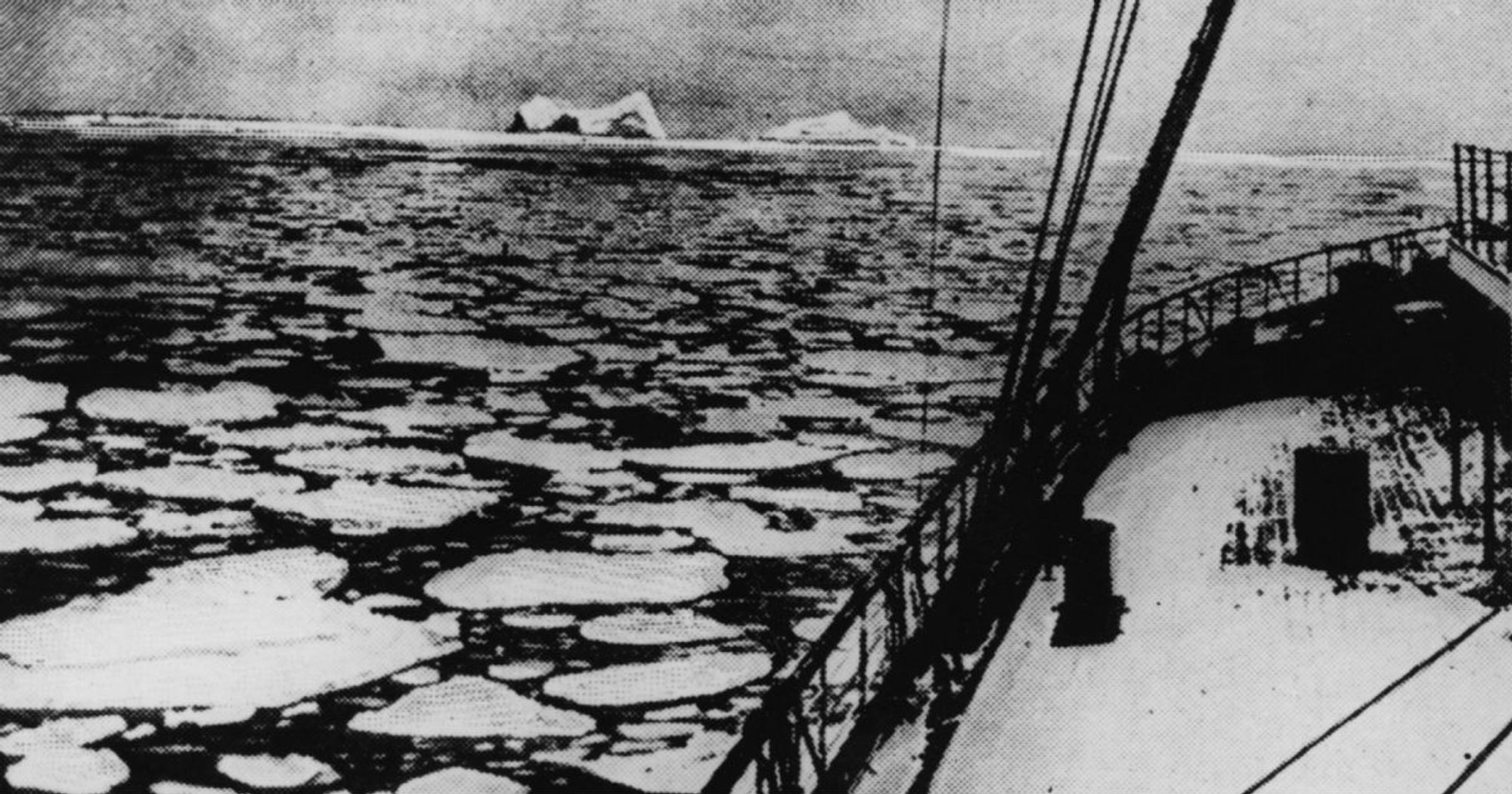
Binoculars are a crucial piece of gear to keep in the crow’s nest, as they allow the lookout to see further and more clearly. Unfortunately, due to a mix up at Southampton port, there were no binoculars to be found on the night of the tragedy. The official line was that it would not have made any difference, as there was no moon to see by and the water was too still to see if obstacles were disrupting the waves. However, lookout Frederick Fleet later said in an investigation: “We could have seen it (the iceberg) a bit sooner. Well, enough to get out of the way.”
Tickets for the return trip were already sold
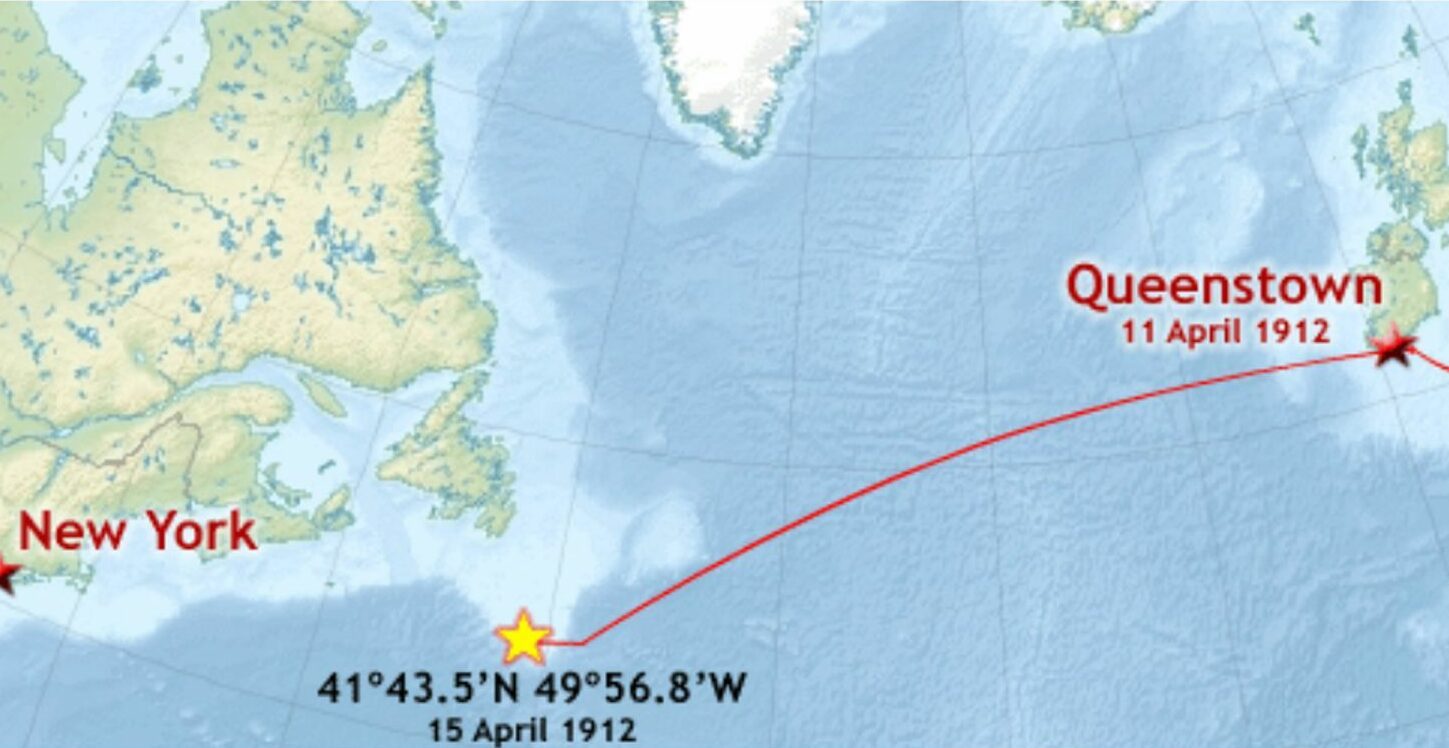
Before the Titanic began its journey across the Atlantic ocean, she stopped off in Ireland and France in order to take on more passengers. She was supposed to stop in Manhattan to allow first and second-class passengers to disembark, before continuing to Ellis Island so third-class passengers could be processed by immigration. The Titanic’s return journey, which would leave from New York before docking in Southampton, was fully booked out over a year in advance.
The ship sank in record time
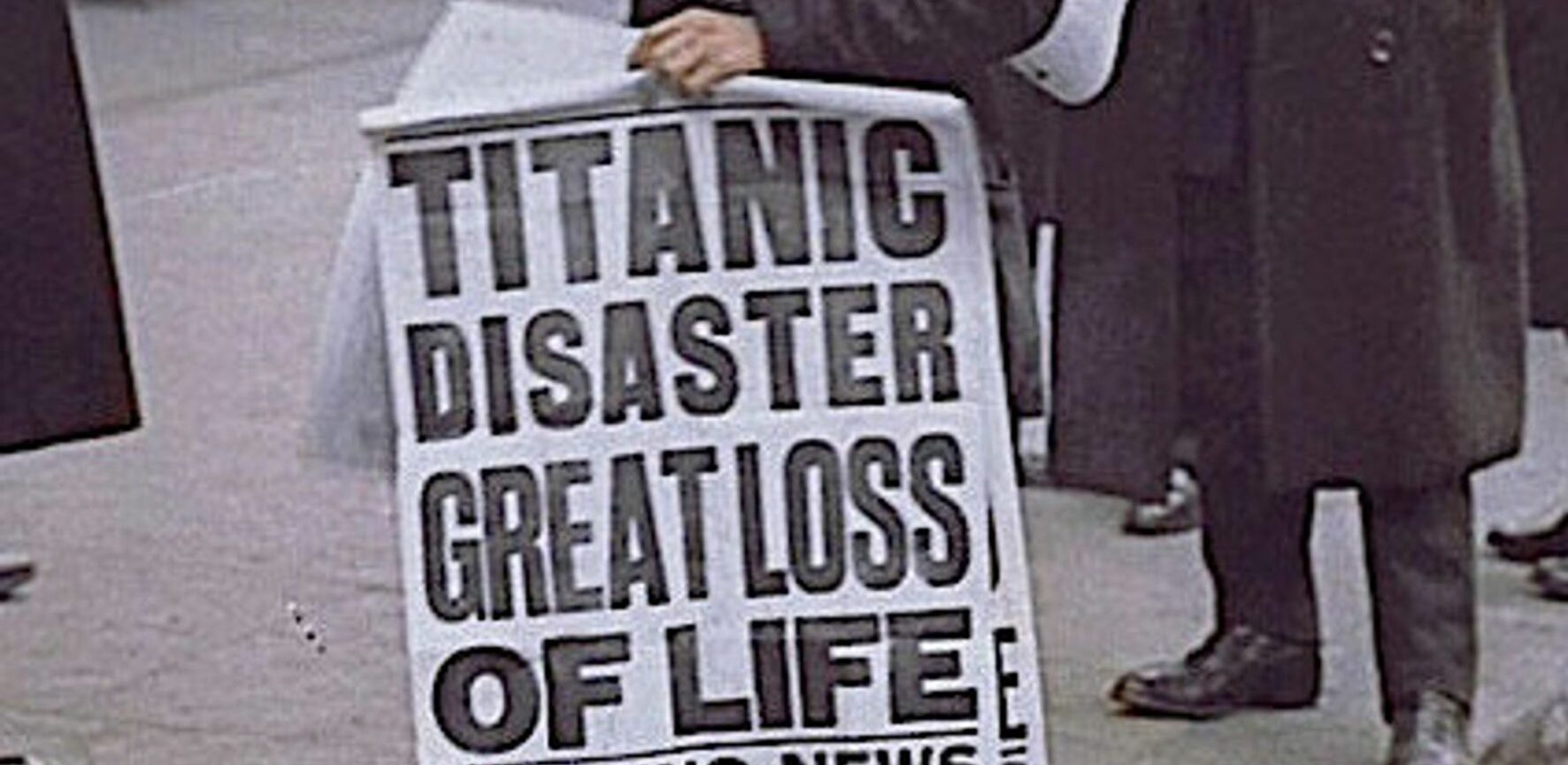
The tragedy of the Titanic is that a ship of that size, and an iceberg that big, were pretty much unprecedented. As a result, the disaster played out much faster and more dramatically than anyone could have predicted. In the past, other ships that had met the same fate took over 12 hours to fully sink, allowing plenty of time for help to arrive. Unfortunately, the Titanic broke this rule, as it was fully submerged just two hours and 40 minutes after the impact.
The iceberg did not sink
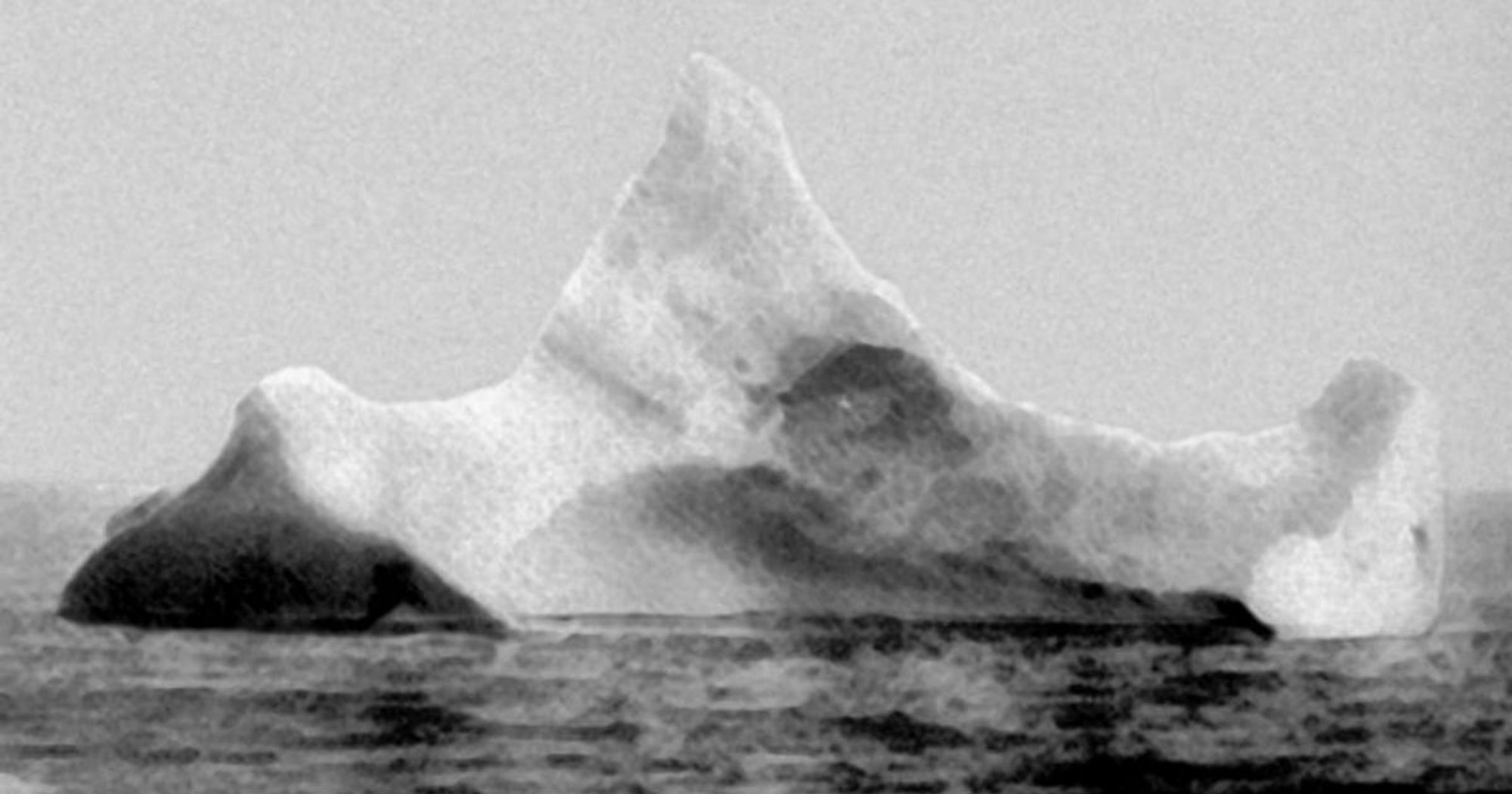
Following the disaster, a steward of another ship took a picture of his view that would soon become infamous. The image showed the iceberg that the Titanic had collided with, still floating, with a large black mark along the side that clearly showed where it had come into contact with the boat. It became a chilling icon of the dangers of the sea.
The ticket prices were expensive even by today’s standards
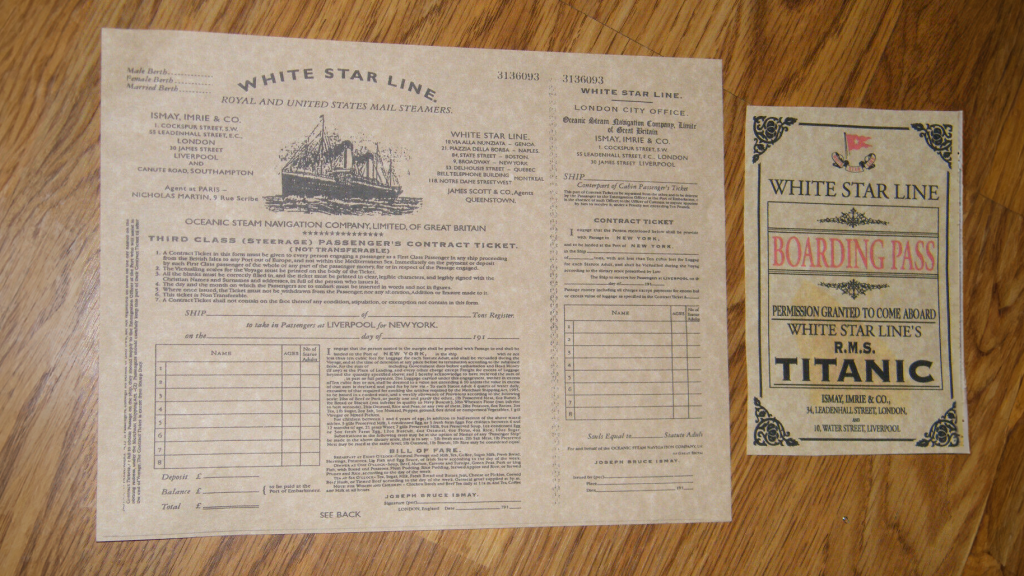
The Titanic was a luxury sailing vessel going on its maiden voyage, so obviously, ticket prices were pretty high. First-class tickets started at $30 and went up to $4,350, which is $775 to $112,000 in today’s money. A second class ticket could have cost up to $1,500 in today’s cash, and even third-class tickets could set you back $1,100 if you bought one today. Even when adjusted for inflation, that’s a lot of money.
The ship went down fast
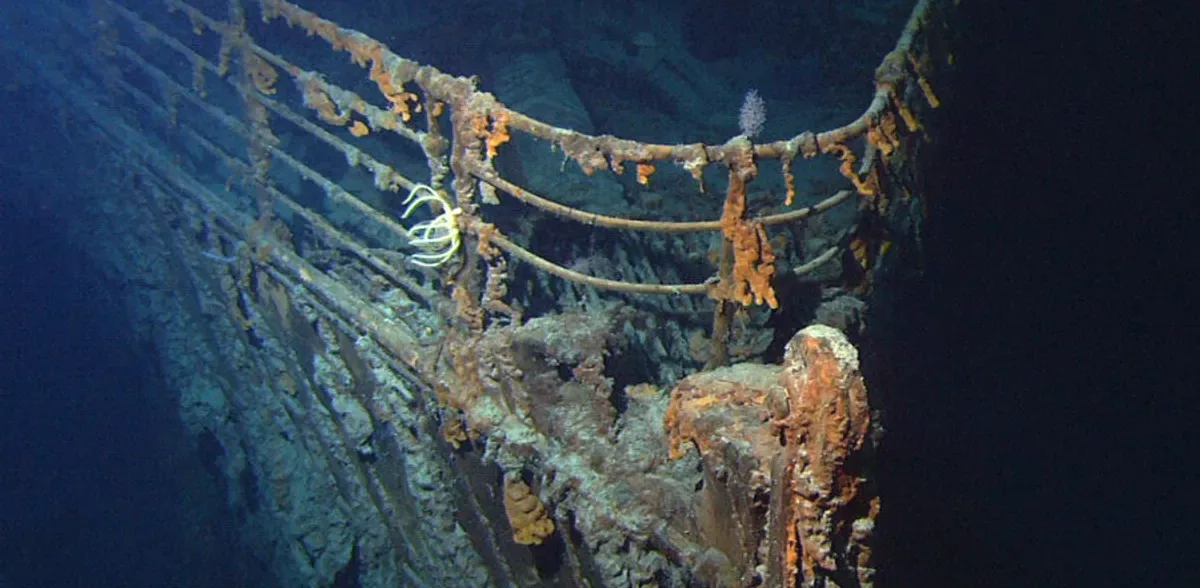
Although the Titanic took around three hours in total to sink, once it disappeared under the surface, it plummeted to the sea floor in only 15 minutes. It crashed so hard at the bottom that it left a crater in the sea bed, and its decks collapsed on top of each other.
You could practice rowing on the Titanic
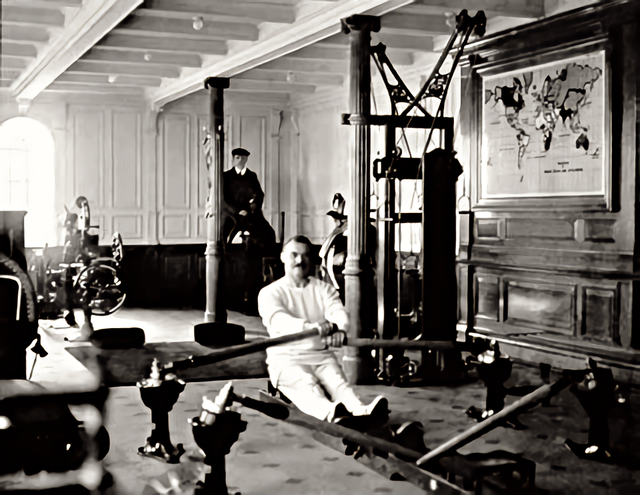
The Titanic was kitted out with all the latest amenities, including a state-of-the-art gymnasium for upper-class passengers to stay in shape. Cycling machines and rowing machines were included – as well as access to squash courts and Turkish baths. The Titanic’s physical educator Thomas McCauley perished at his post when the ship sank.
The lifeboats weren’t filled
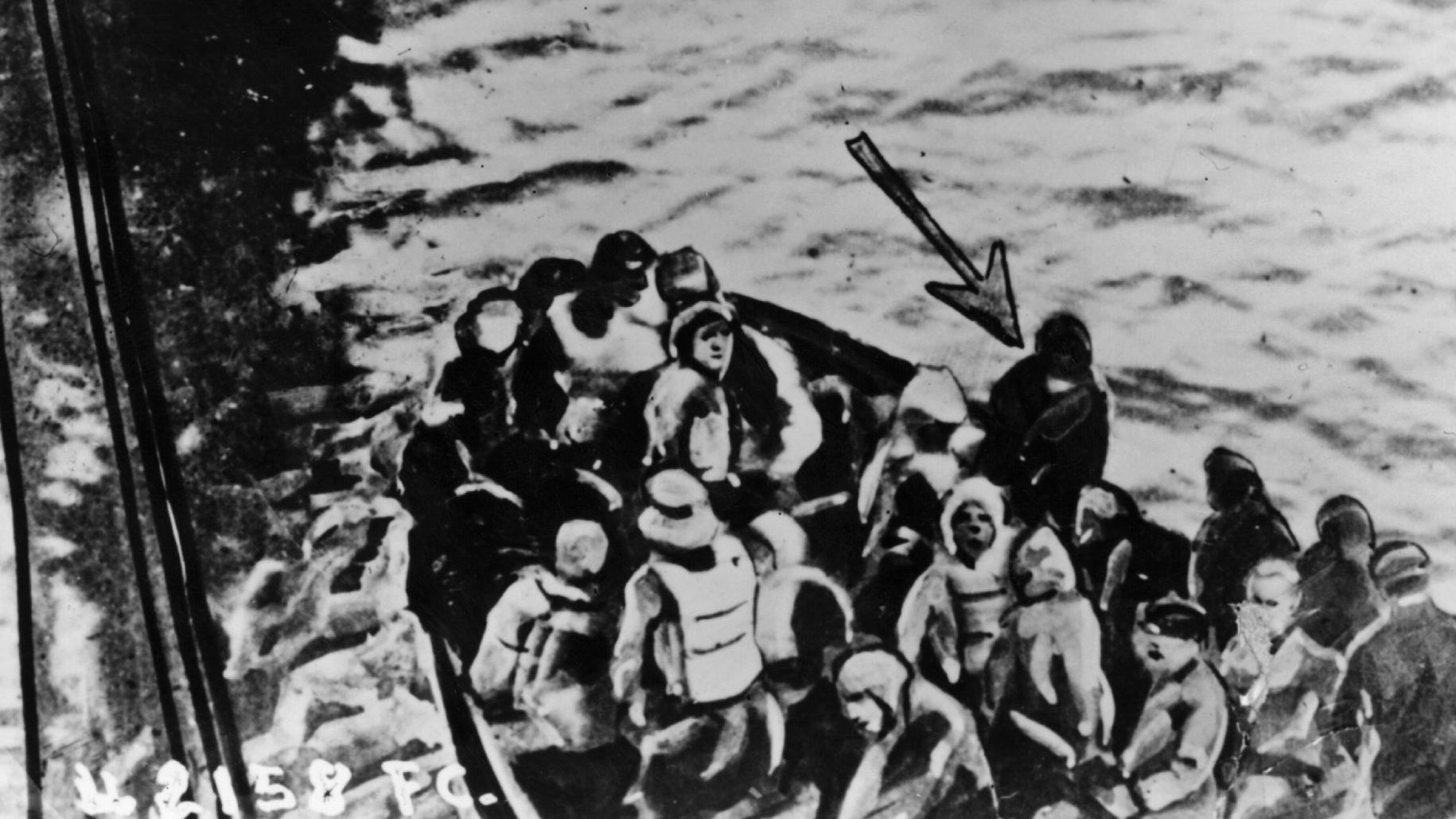
Harland and Wolff were rightfully excoriated in the aftermath of the Titanic’s sinking for not equipping the ship with enough lifeboats, leading to major changes in maritime safety legislation. However, many of the lifeboats that were provided were barely half-filled, largely due to widespread panic and conflicting commands from the ship’s crew, resulting in a large number of preventable deaths.
An author predicted the sinking of the Titanic
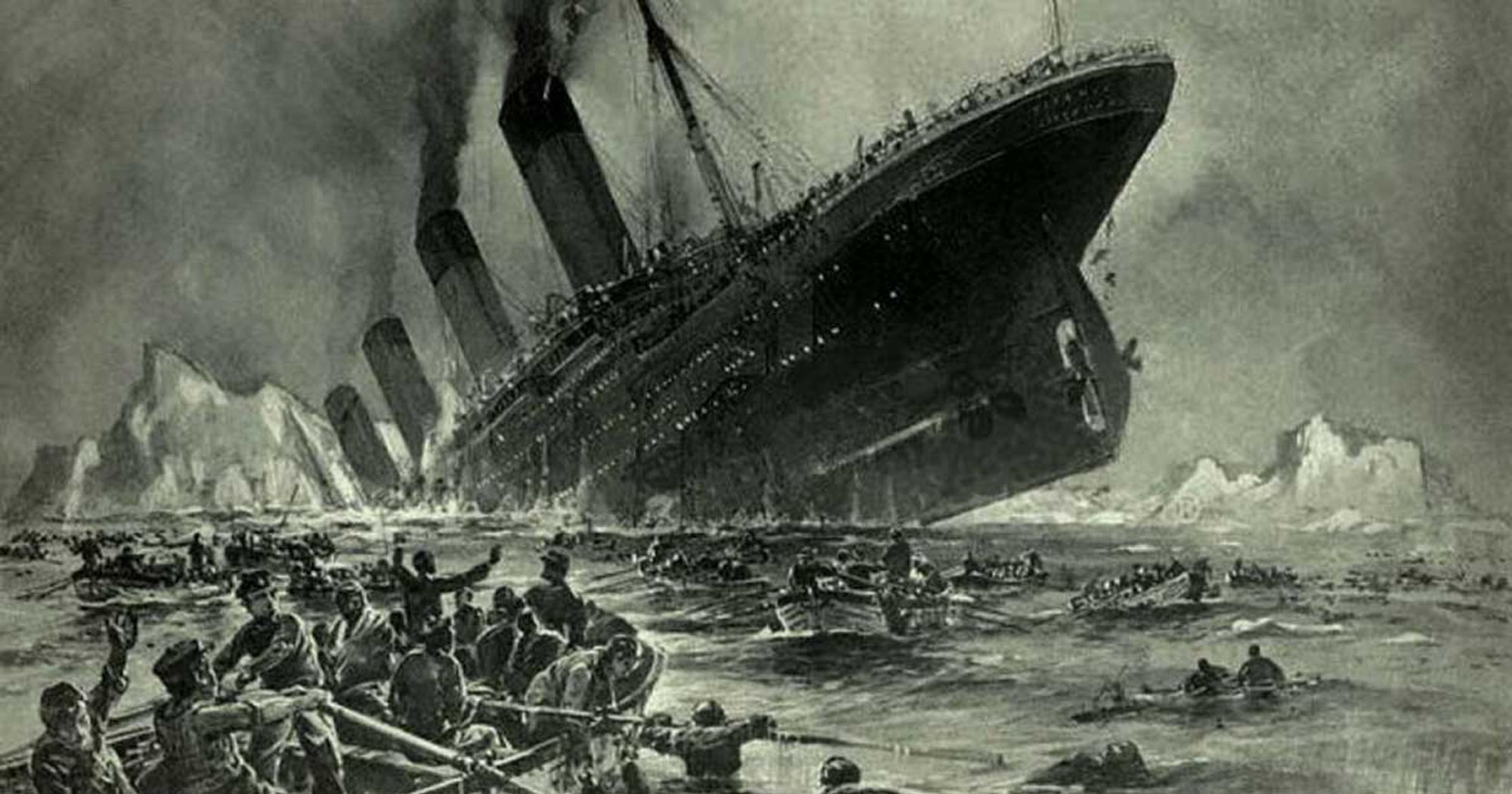
As spooky as it sounds, author Morgan Robertson predicted the Titanic tragedy 14 years before it came to pass. His book, The Wreck of the Titan: Or, Futility, predicted that a ship with the Titanic’s dimensions would crash into an iceberg and sink, with the bare minimum of lifeboats available exacerbating the tragedy. Robertson predicted everything, from the speed the ship would be going to the area of the ocean in which it would crash, but he maintained that there was nothing supernatural or conspiracy theory-worthy about his ideas. Instead, he just had many decades’ worth of knowledge on ships and sailing.
The Captain was planning on retiring
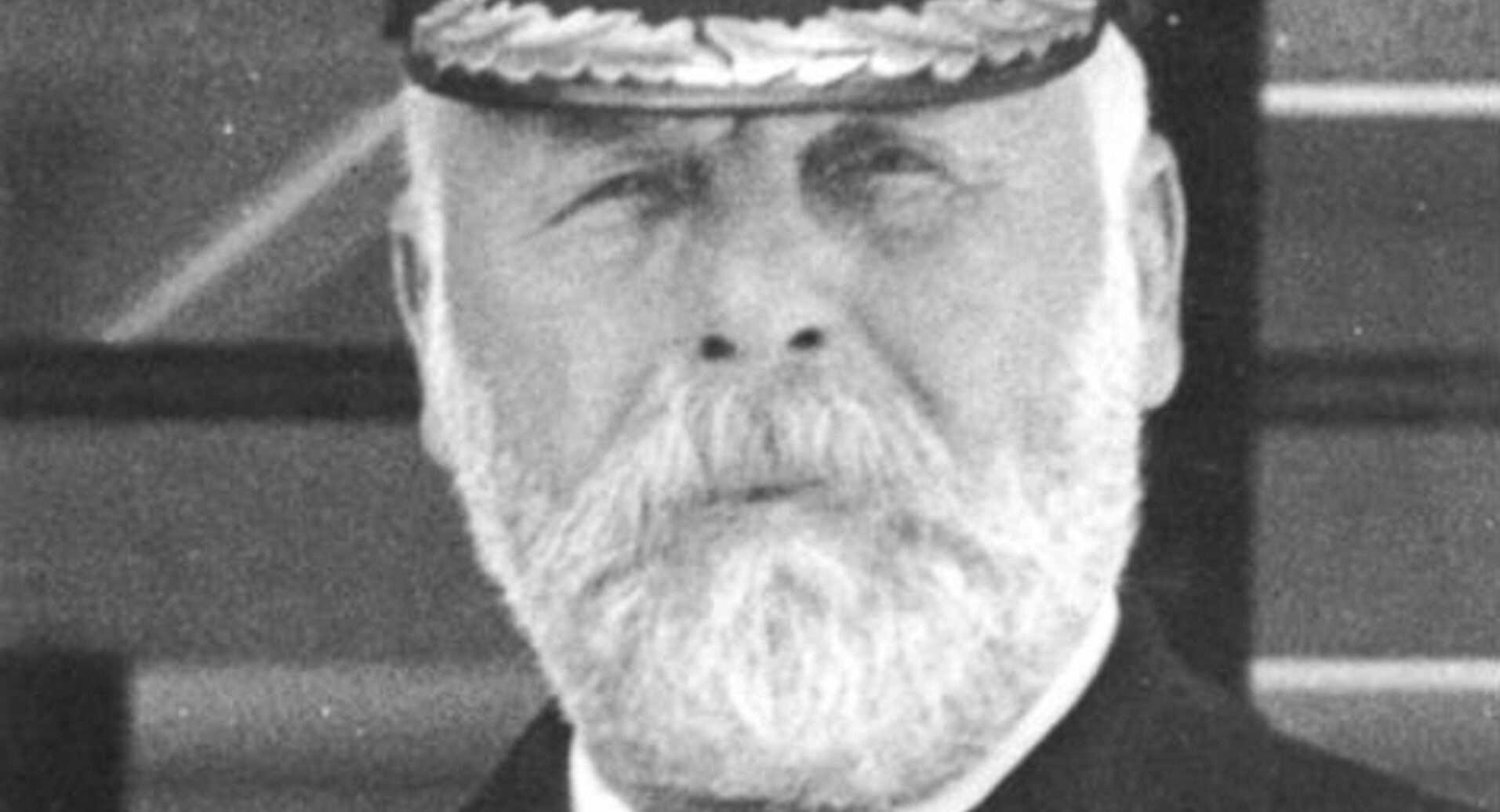
Edward J. Smith, captain of the Titanic, was one of Britain’s most skilled sailors. He had previously steered the Titanic’s sister ship the RMS Olympic, and transferred to the Titanic specifically for its maiden voyage. Smith had been planning on retiring after the voyage, but he did not survive the sinking of the ship. The last words he said to his crew were: “Well boys, do your best for the women and children, and look out for yourself.”
The death toll could have been much worse
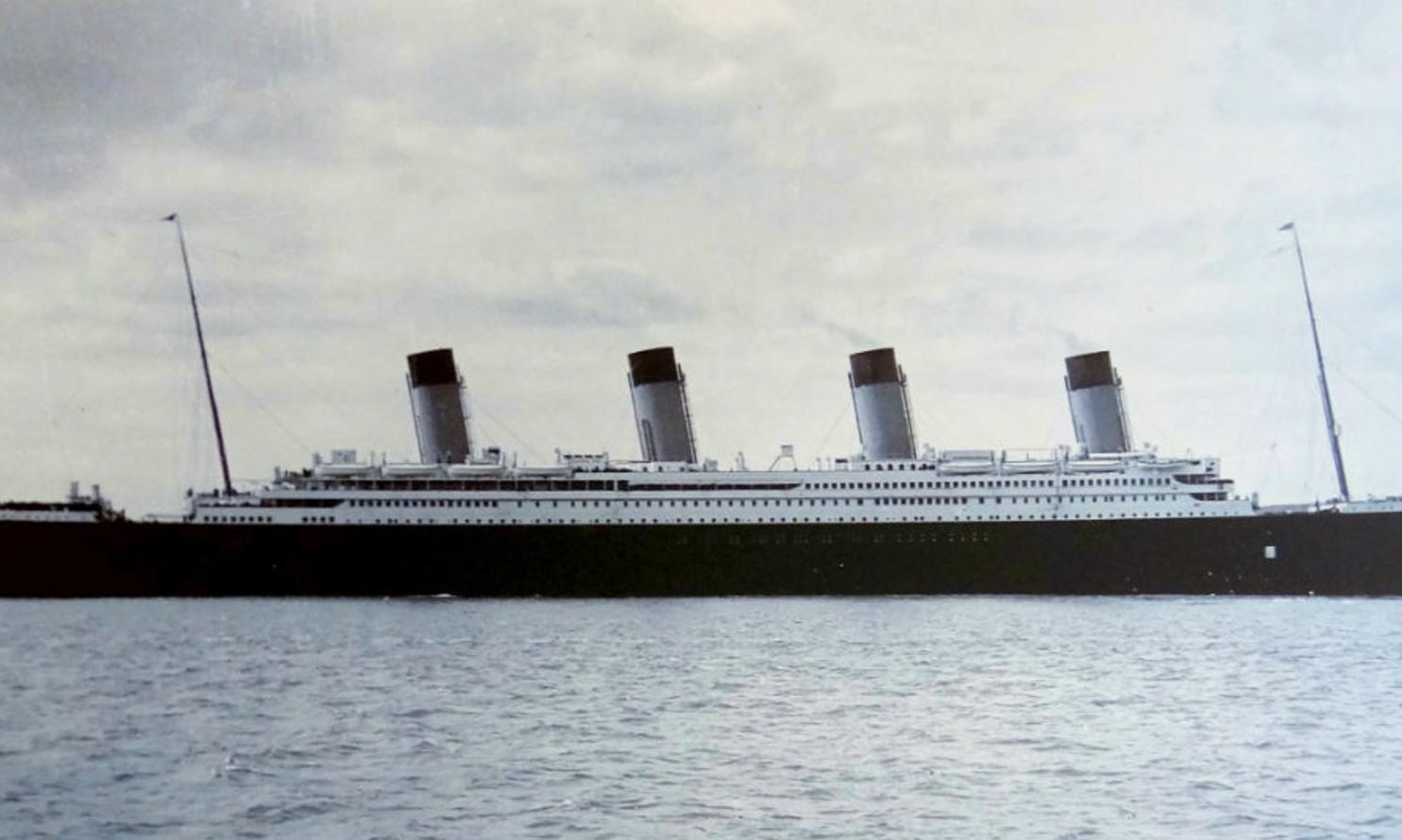
The sinking of the Titanic is considered to be one of the greatest human tragedies in modern history. Out of the 2,224 people who were on board at the time, only 710 people survived. However, as sizeable as the loss of life actually was, the death toll could have been much greater. For her maiden voyage, the Titanic was way under capacity, since she was actually equipped to carry 3,327 passengers.
Animals were amongst the victims
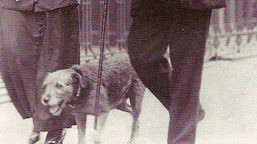
It wasn’t just unlucky humans who perished during the sinking of the Titanic. Aboard the ocean liner were hundreds of animals, mostly pets, including dogs, cats, chickens and birds. All died when the ship went down, with the exception of three lapdogs who were carried onto lifeboats by their owners.
It took four hours for help to arrive
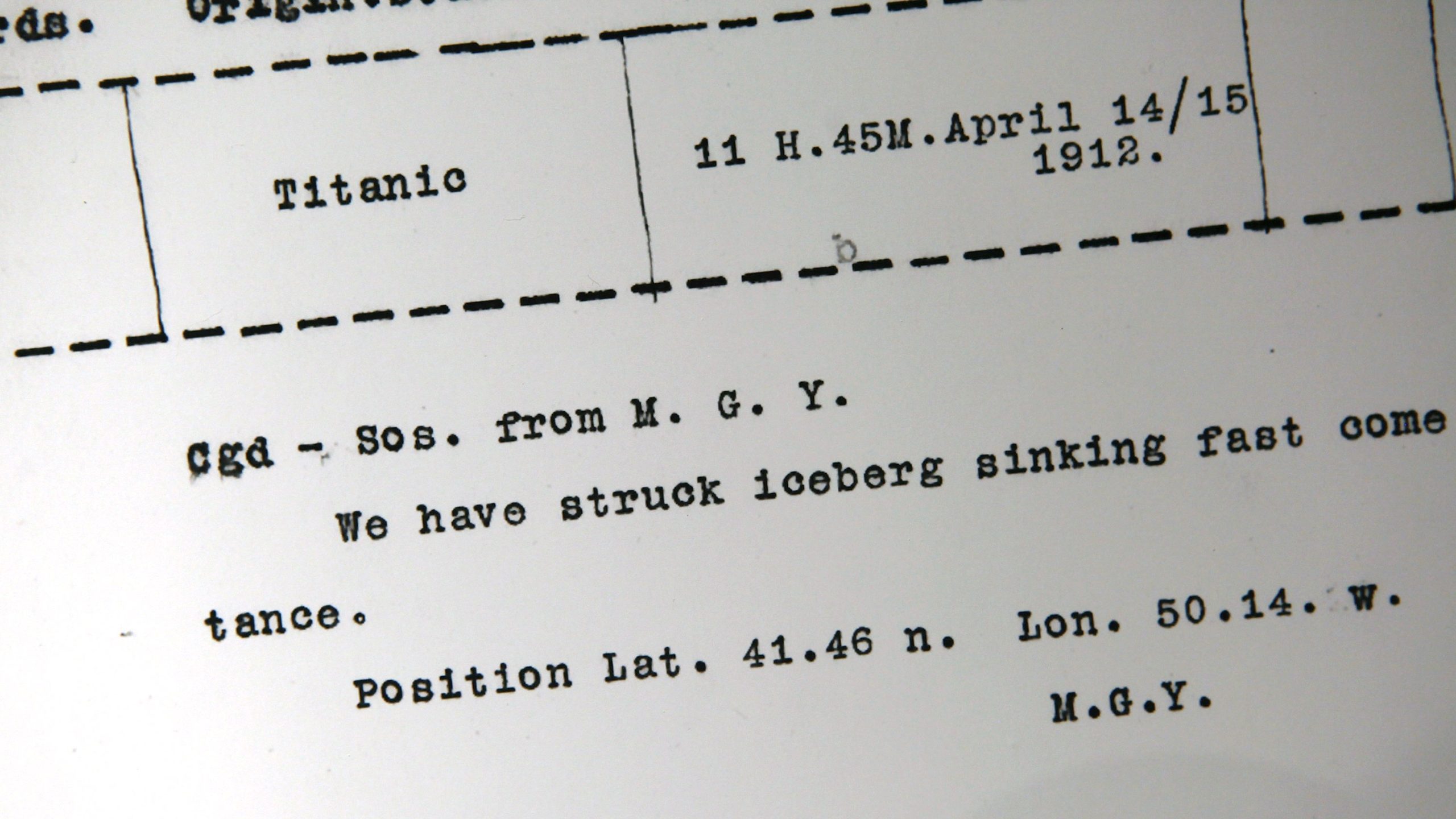
Soon after striking the iceberg, Captain Edward Smith sent out a distress signal requesting assistance from any ships nearby. The first to arrive on the nightmarish scene was the RMS Carpathia, which reached the site of the sinking four hours later, long after the Titanic had disappeared beneath the surface.
The Titanic imitated the Ritz

With its squash courts, swimming pool and famously majestic staircase, the Titanic was designed to cater to the wealthy passengers’ every whim. In fact, many aspects of its design were inspired by the Ritz, a luxury hotel in London. Lounges, smoking rooms and reading rooms further added to the sense of decadence onboard.
Uplifting music
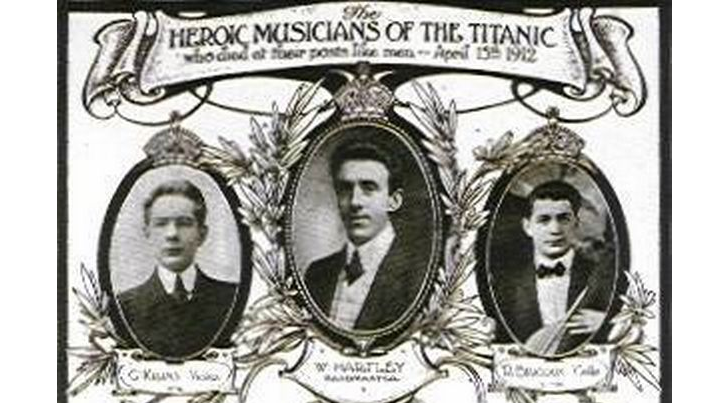
Perhaps one of the most poignant parts of the 1997 movie is the orchestra, which plays on as the ship begins to sink. Eyewitness accounts confirm that the real orchestra onboard the Titanic played a series of happy music as the ship sank, in the hopes of reassuring the passengers. Their repertoire included ragtime and dance music. It was only when the ship appeared to be beyond salvation, that the conductor switched to hymns.
No space

Insufficient lifeboat space caused the deaths of countless Titanic passengers. The massive ship included only 20 emergency rafts, which would only be able to save around a third of the people onboard. The ship easily had space for a full contingent of 64 rafts – but the White Star Line managers felt that too many rafts would spoil the view of the ocean. They also speculated that the rafts would only be needed to transport passengers to a nearby rescue vessel. What’s more, the under-trained crew only had one drill with the rafts, meaning that they were slow to launch the emergency vehicles when the Titanic crashed.
The propellors
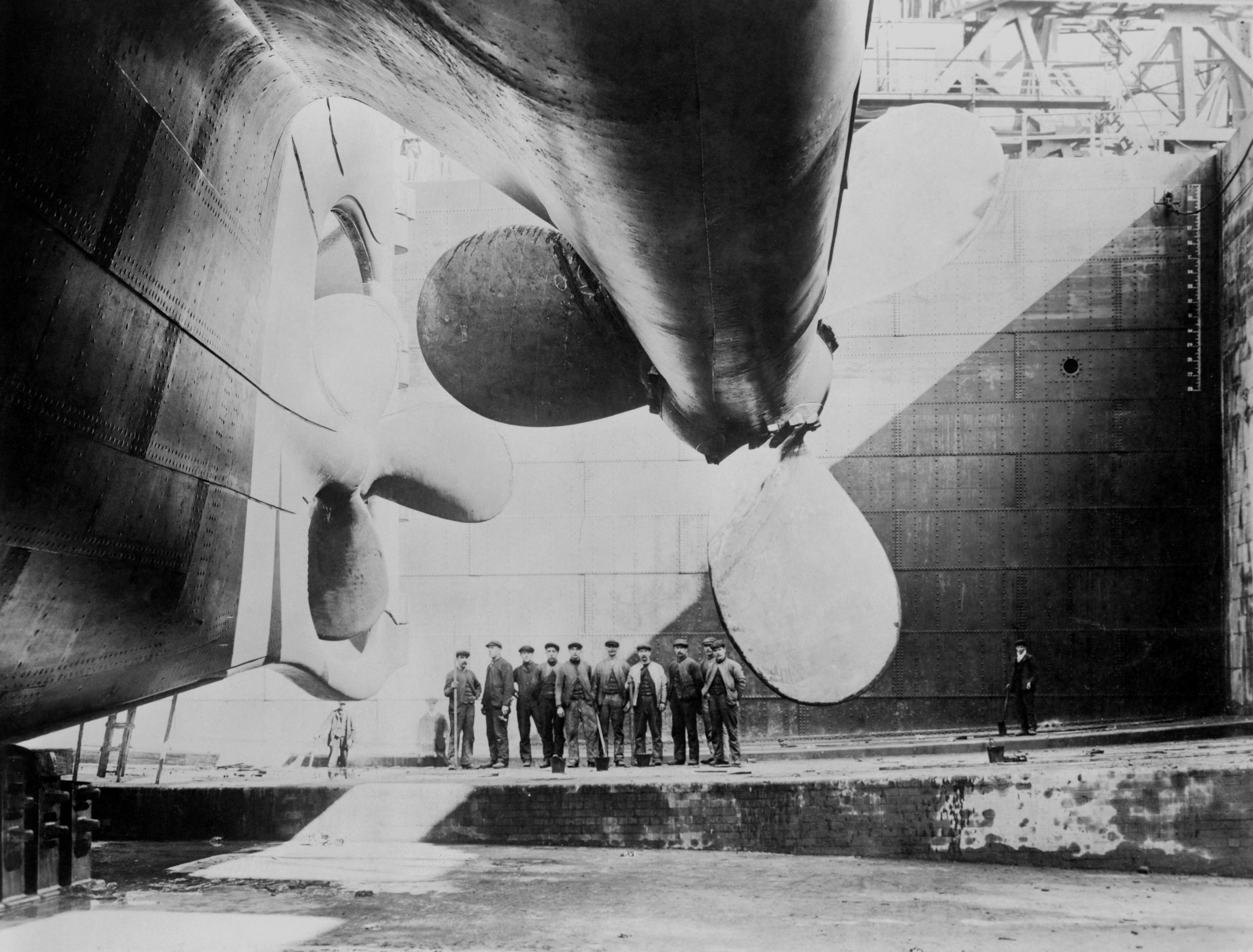
The Titanic’s electrical plant was capable of producing more power than an average city power station of the time, and much of that energy went to the propellers. 24 double-ended and five single-ended boilers fed two steam engines, which in turn powered propellers with blades up to 23.5 feet long.
Even the richest man on board perished
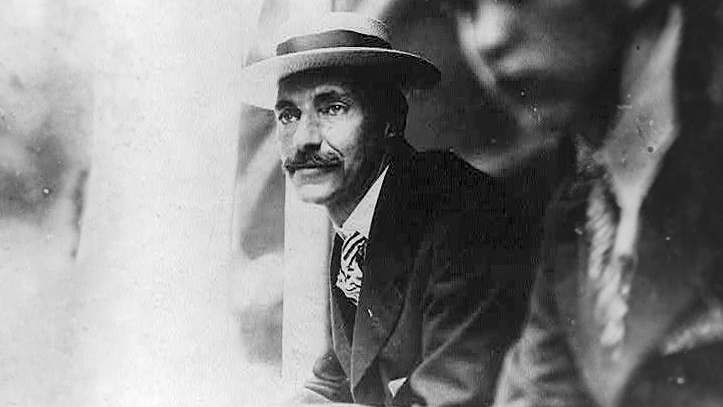
John Jacob Astor IV was the wealthiest man aboard the Titanic, with a net worth of $85 million, or around two billion dollars today. Despite being the most well-off person on board by a significant margin, the women and children first evacuation policy meant that he didn’t get a spot on a lifeboat, and instead perished. He was travelling with his pregnant wife, and his last words to her were: “The sea is calm. You’ll be all right. You’re in good hands. I’ll meet you in the morning.”
Elizabeth Shutes’ bad feeling

Unlike many of the Titanic’s passengers, governess Elizabeth Shutes did not decide to make the voyage of her own volition, instead boarding to care for a wealthy family’s children. On the night of the sinking, Shutes was awake and on the deck because the smell of the night air disturbed her, reminding her so much of an ice cave she had once visited that she couldn’t sleep. Shutes survived.
Fine dining

The Titanic had plenty of food choices, from dining saloons to cafes. But À la Carte was the most exclusive dining option on the Titanic. Situated on the B deck, it was reserved for first-class passengers only. The restaurant had 66 staff, including Italian owner Luigi Gatti. Only three of the staff survived, while Gatti perished in the wreck.
One crew member survived three major maritime disasters
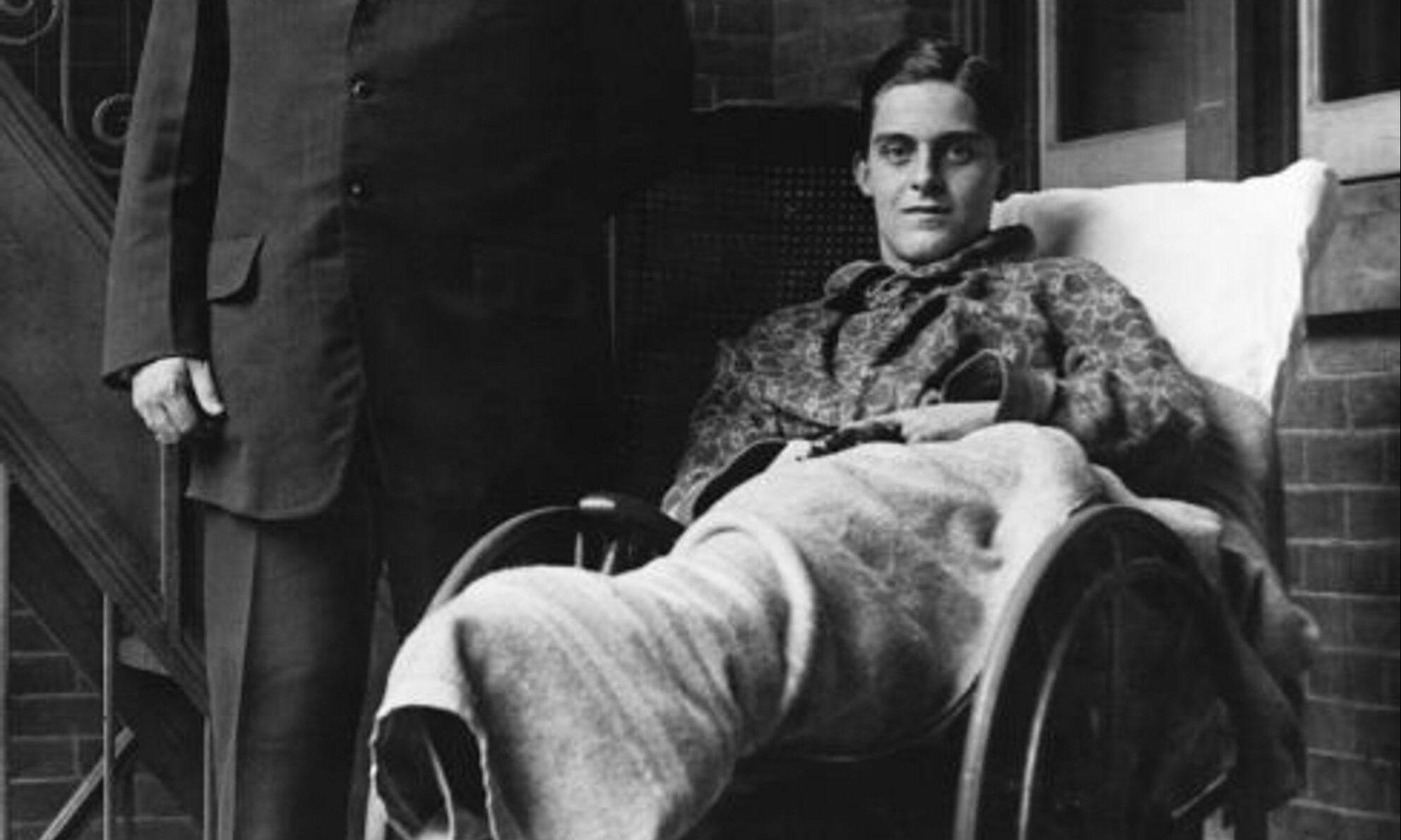
Violet Jessop was one of 60 stewards working on the Titanic who managed to survive the boat’s capsizing, 48 of which were women. Jessop’s career as a ship’s waitress was long and storied but filled with brushes with death, as she had previously worked on the Titanic’s sister ship the Olympic, which collided with a British warship. She survived that, and the Titanic, and four years later found work on the RMS Britannic, which also sank. Her uncanny ability to survive led to her being nicknamed Miss Unsinkable.
You can still book a Titanic trip

Despite the immense depth of the Titanic wreck, tourists can technically visit it today. If you can afford a $59,000 ticket, a private company named Deep Ocean Expeditions will take you down to the ocean floor to view the fast-decomposing ship from a submersible.
The Titanic was very divided
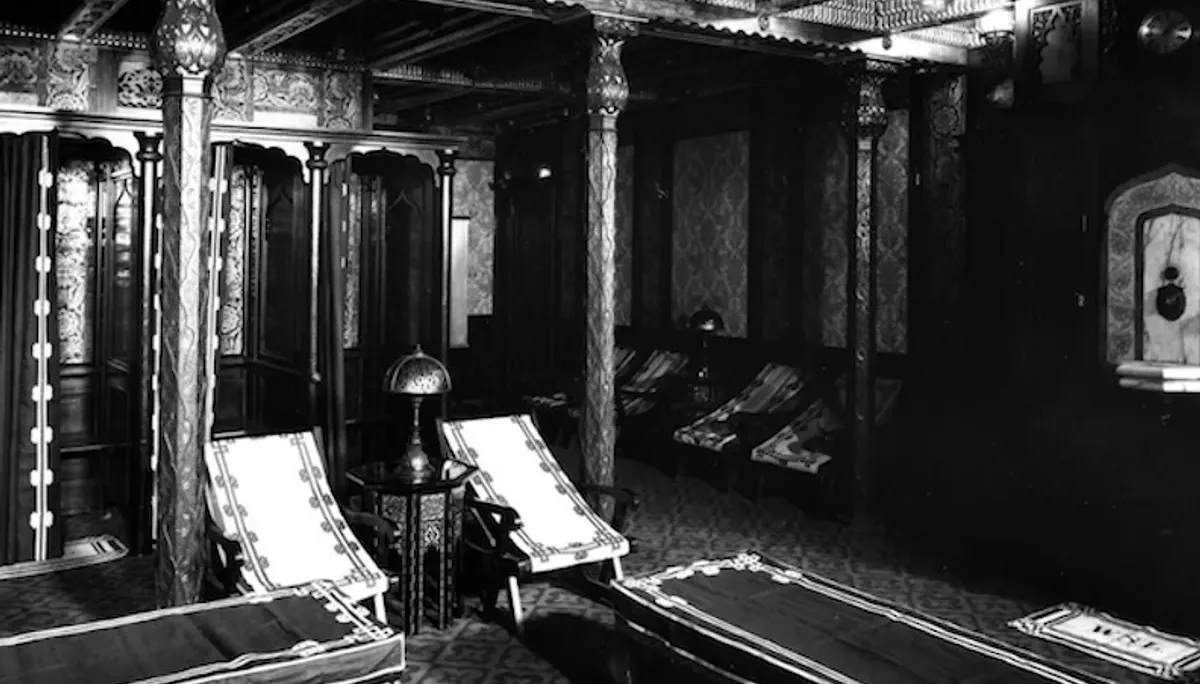
For first-class passengers, the Titanic was the height of sophistication, with absolutely no expense spared. The first-class passengers on the Titanic were able to enjoy such luxuries as the Turkish Bath, which boasted steam rooms and massage tables, in addition to hand-cut mahogany panelling. In third class, it was a different story.
The papers got it all wrong

Shockingly, the earliest newspaper accounts of the Titanic disaster reported that every single passenger had been rescued. It wasn’t until a few days later that the full scale of the tragedy – including 1,503 deaths – was reported to the general public.
Sailing day
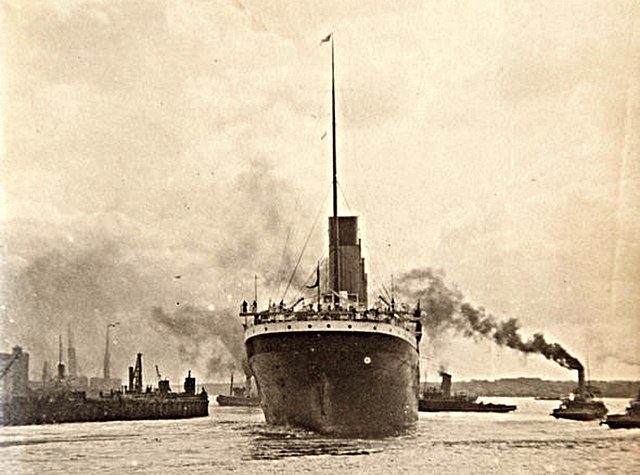
There was an air of jubilation and excitement as folks boarded the Titanic at Southampton on 10 April, 1912. Third-class passengers boarded first, and were checked for diseases for fear they may be banned entry to the USA. In stark contrast, first class passengers boarded an hour before departure and were greeted personally by Captain Smith.
Jack Odell
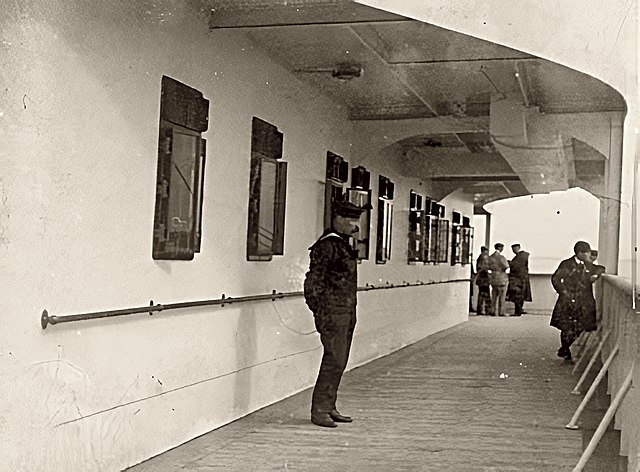
The Odell family created one of the most important photographic collections from the Titanic. Jack Odell, the young boy in the picture above, was the son of a fish merchant and undertook his journey along with his aunt and two uncles. This family and their treasured camera made a lucky escape, as they only boarded the Titanic for the first leg of its journey: from Southampton to Queenstown, Ireland.
State rooms
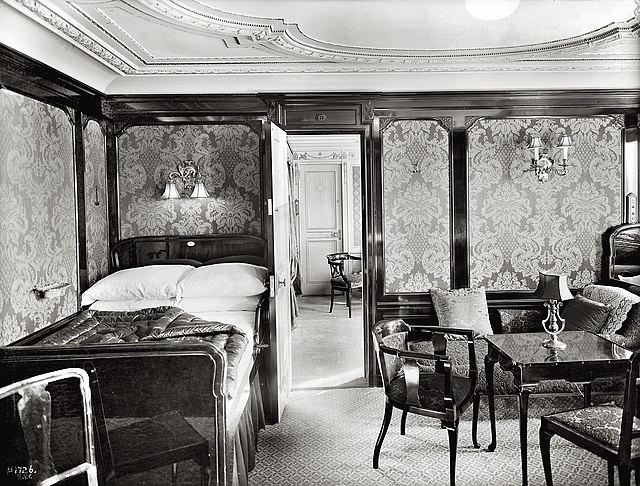
The Titanic’s 371 first class state rooms were wonders of architecture and design. Covered with rich wooden panelling made from satinwood, mahogany and walnut, they were designed to look old and elegant. 12 of the staterooms – fitted by H.P. Mutters & Son – were made in different period styles, with historical details packed into every fabric, painting and doorway.
The oldest passenger was 74
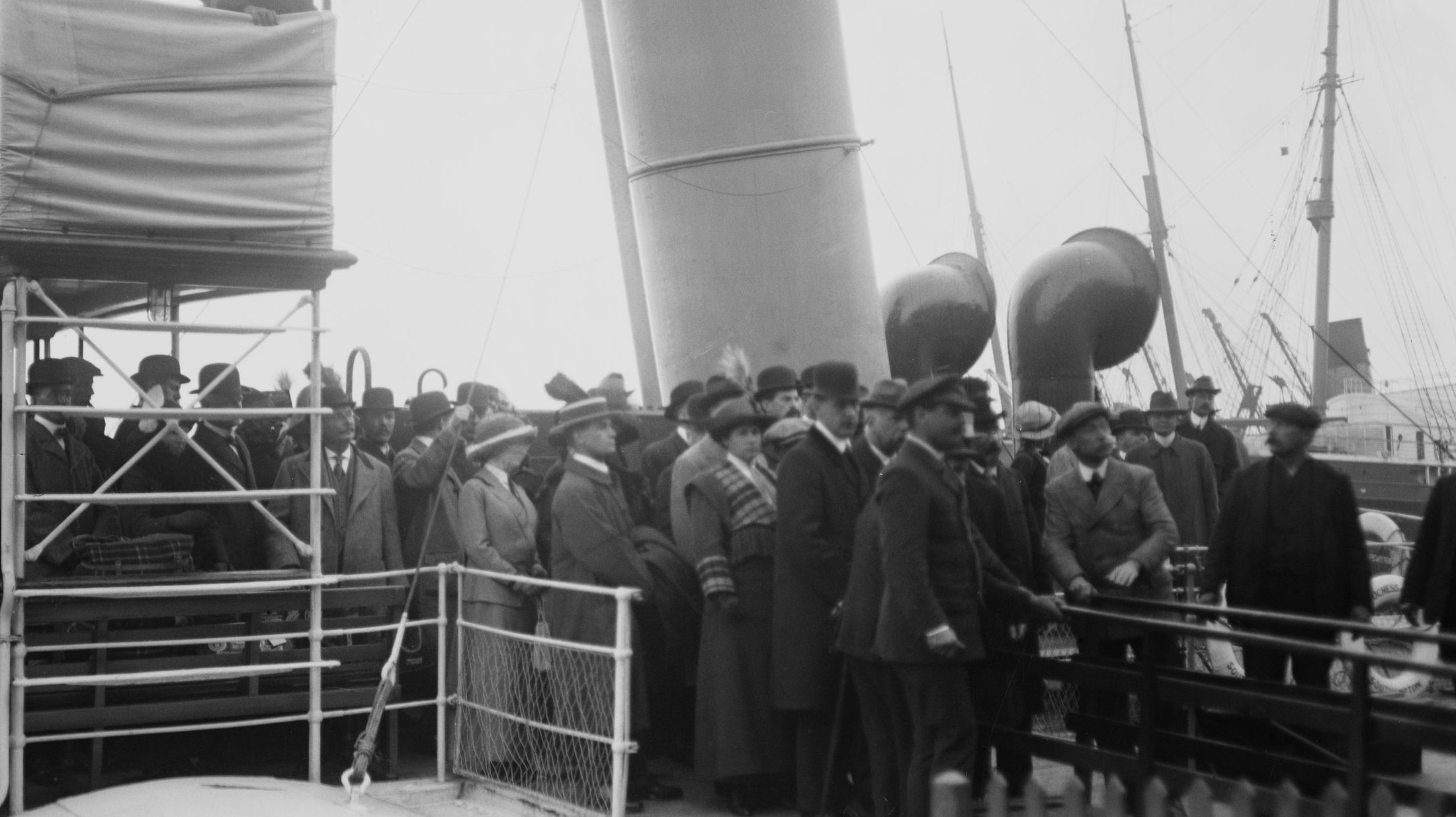
The oldest passenger onboard the Titanic was 74-year-old Johann Svensson. Recently widowed, Svensson was planning to move to the United States with his son, who accompanied him on the journey. Tragically, both lost their lives in the sinking, and neither of their bodies was ever recovered.
Almost half of the children died
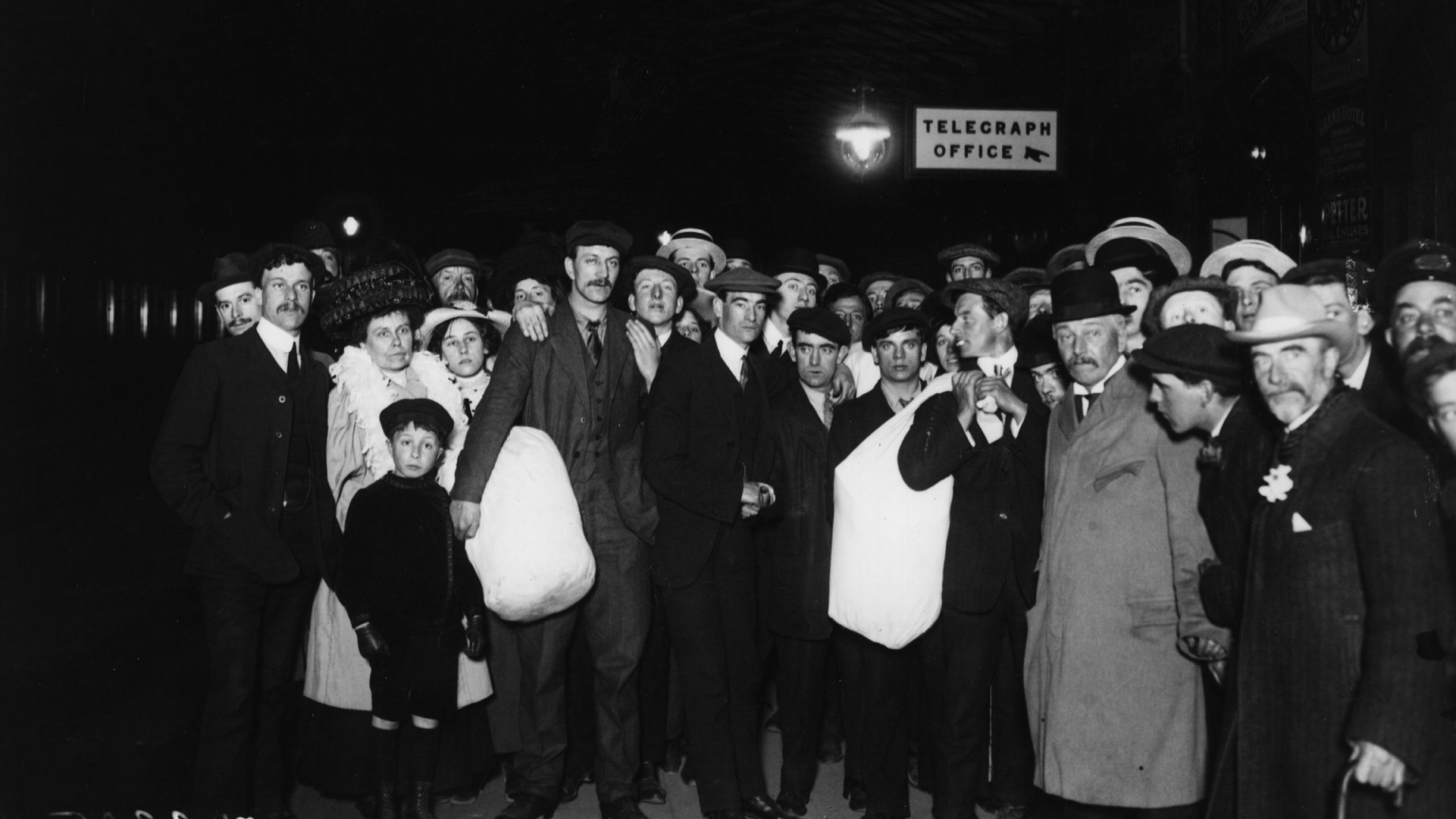
Despite the policy of allowing women and children to board the lifeboats first, 50 of the 107 children travelling on the Titanic died when the ship sank. Predictably, the poor were disproportionately effected, with 49 of the children travelling in third case perishing, compared to just a single child from first class. The youngest child to die was 19-month-old Sidney Leslie Goodwin.
Never recovered

After the tragedy, a total of eight ships were launched to recover dead bodies from the Atlantic. Only a third of the drowned victims were ever found, and many of the corpses weren’t identifiable. It took over a month to find some bodies, including those in collapsible boat A. Many received a burial at sea after identification.
A lucky break
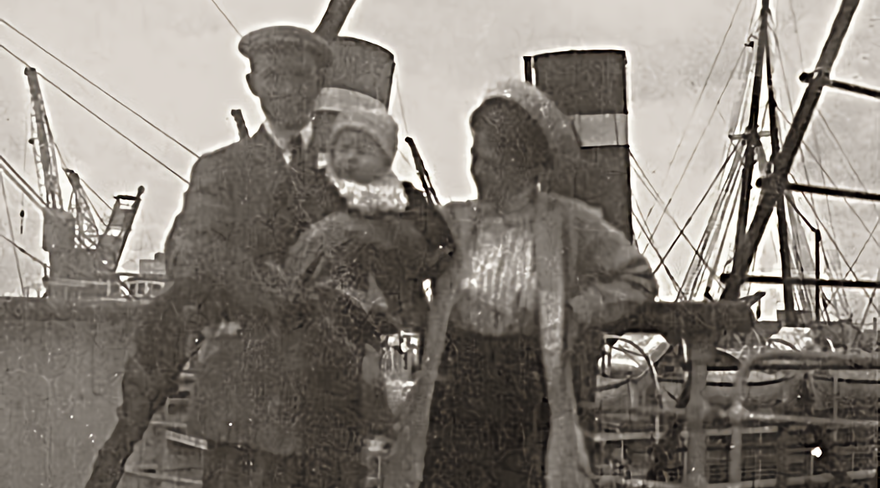
Ten-month-old baby Alden Gates Caldwell and his parents were second-class passengers. The baby was playing with the luggage keys and lost them before the ship crashed, meaning that his family couldn’t access their coats and had to swaddle their baby in a blanket. Alden and his mother were at first ordered to board a lifeboat and leave Alden’s father behind – but because Alden’s mother was very ill, Alden’s father secured a spot on the lifeboat to soothe his crying and freezing child. The entire family survived the tragedy.
You’ll never guess what RMS stands for
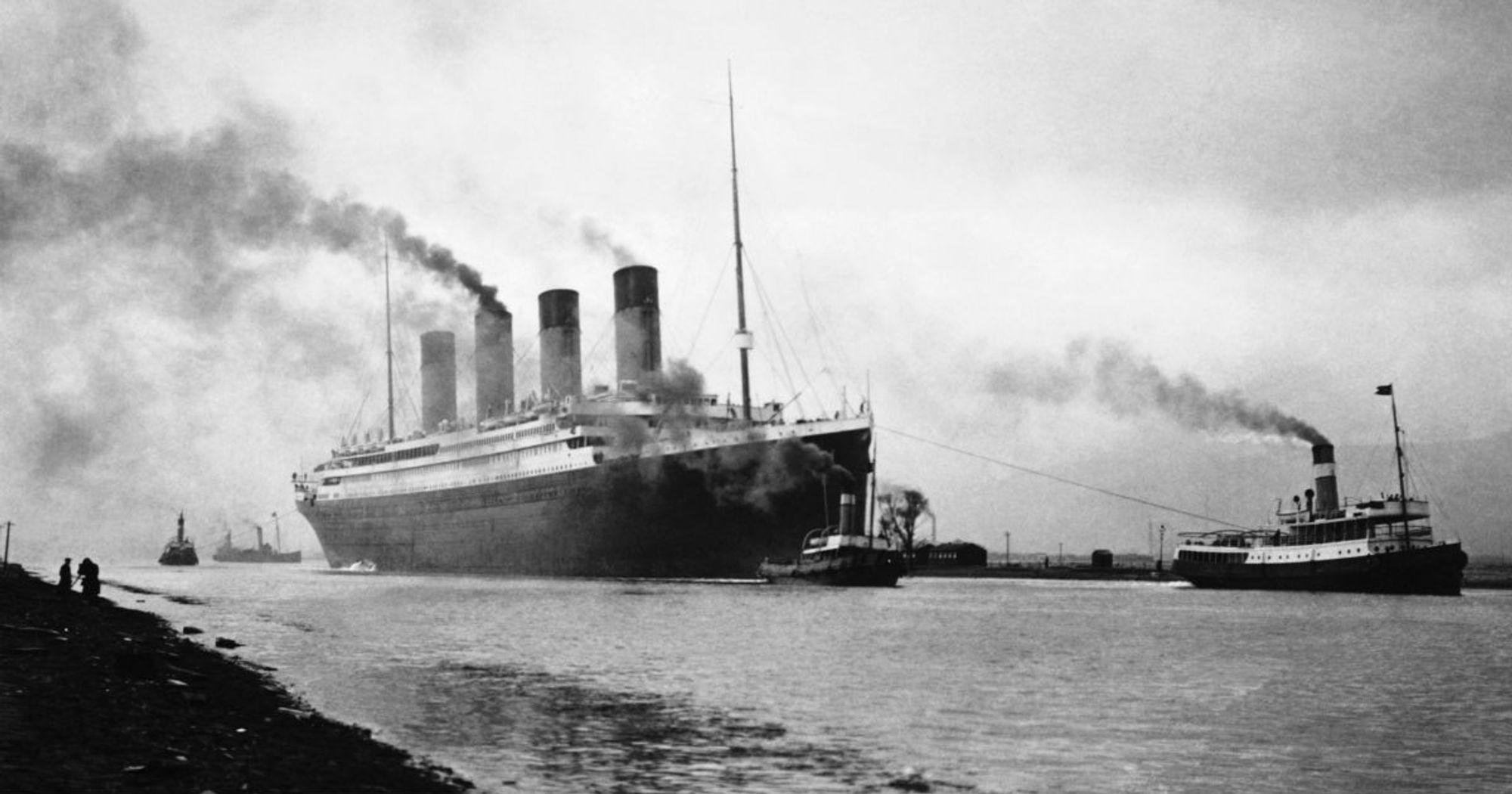
Like all other British ships commissioned at the time, the Titanic has the letters RMS before its name. The letters actually stand for Royal Mail Ship, as back in the 1840s, only the fastest and most reliable ships were allowed to carry British mail. As a result of this, the prefix RMS became known as a sign of distinctive quality over time, which added even more prestige to the Titanic.
The poor died first
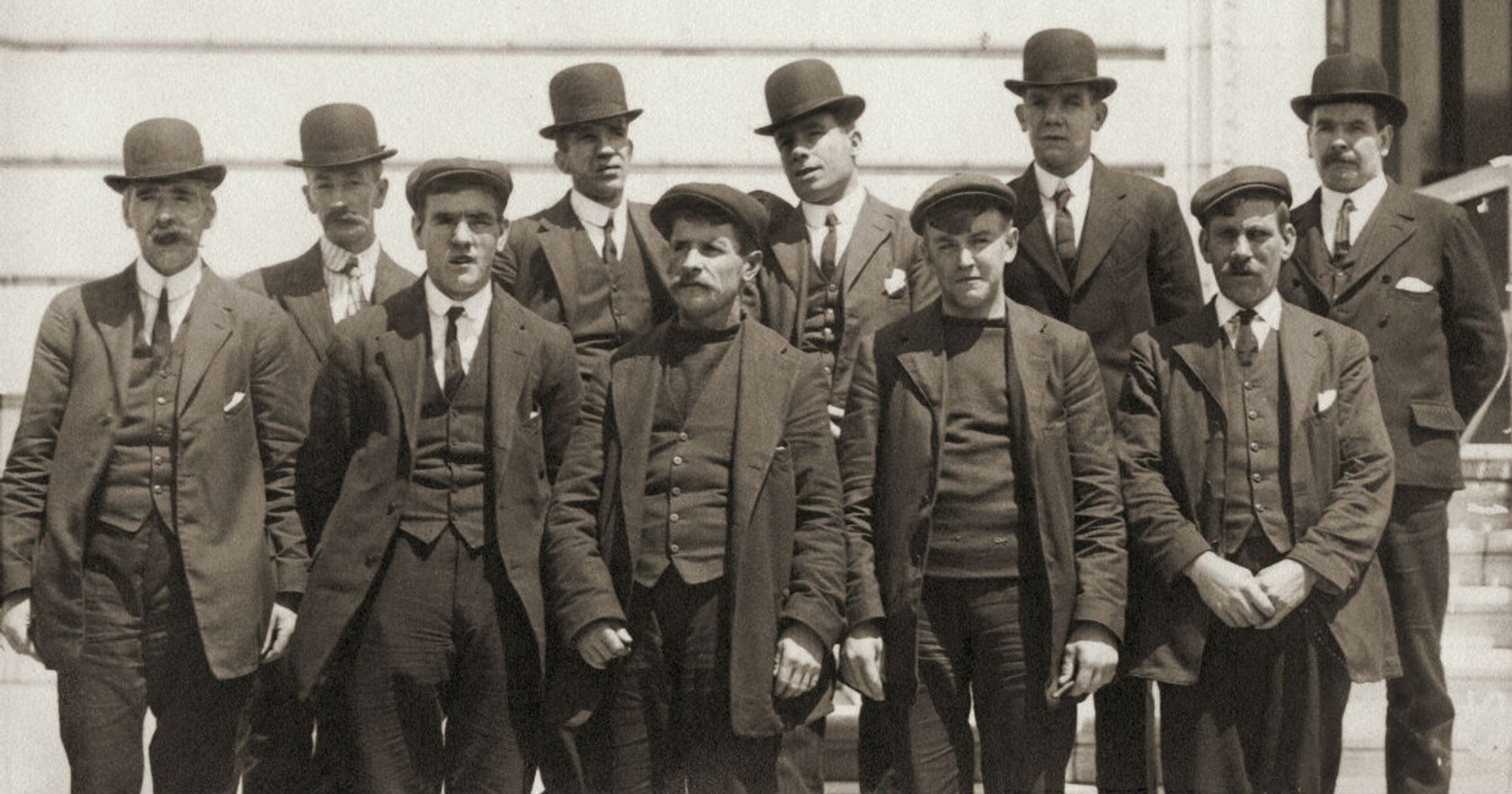
Aside from men boarding in second and third class, crew members died in higher numbers than any other demographic on board the Titanic. Many perished when the boiler rooms flooded immediately following the initial impact, while others died trying to help the second and third-class ticket holders get up to higher floors to escape the rising water. Not only that, but the five postmen hired to look after the mail died while still protecting it.
Many famous historical figures narrowly avoided death
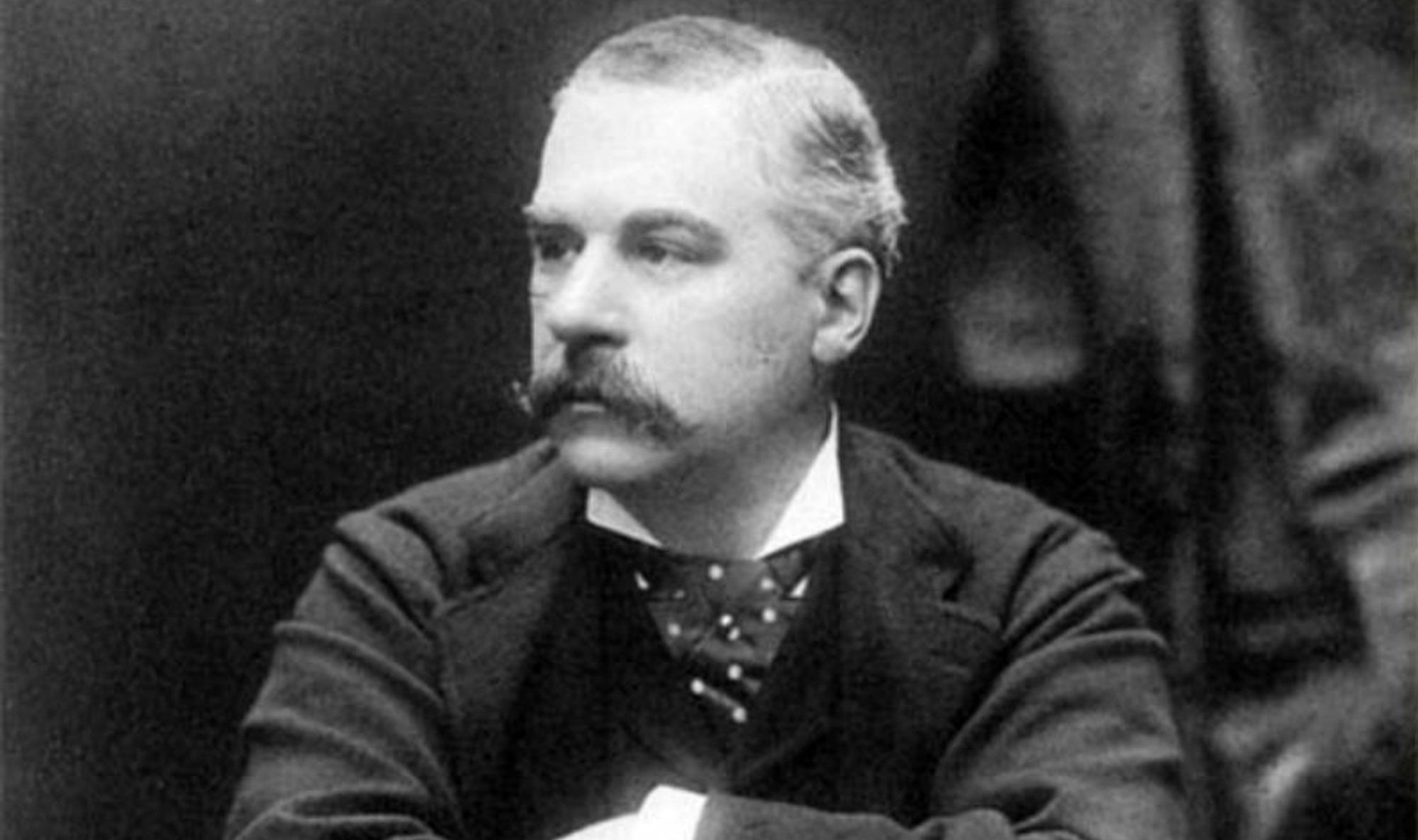
John Jacob Astor IV might have been the wealthiest person to sail on the Titanic, but he wasn’t the only rich person to buy a ticket. J.P Morgan, the American steel and banking magnate, Hershey’s Chocolate founder Milton S. Hershey, and Guglielmo Marconi, all bought tickets, but declined to sail for one reason or another. In many cases, it was this decision that saved their empires.
The engine required mammoth amounts of coal to run
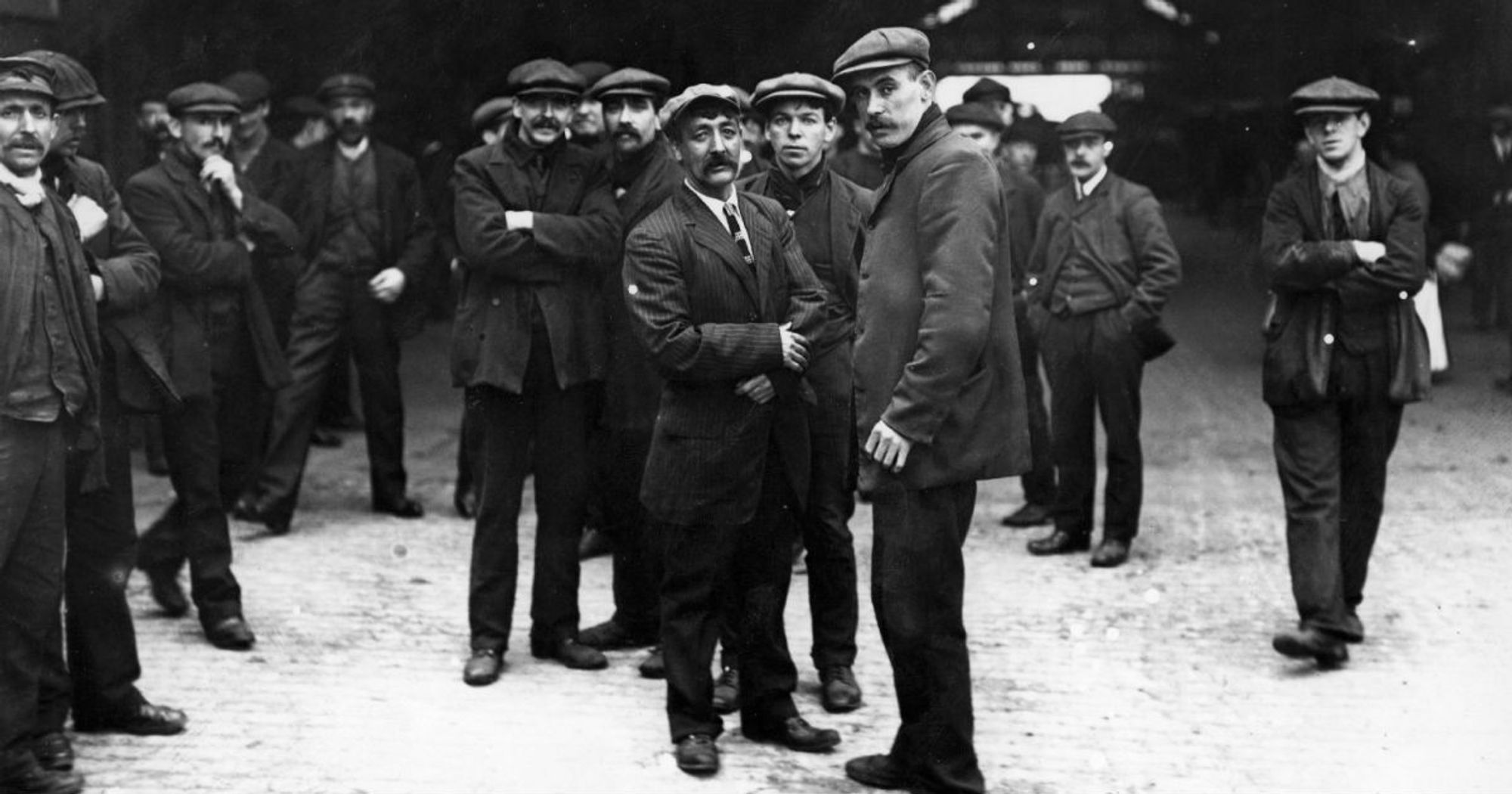
The Titanic was a huge boat, so it’s no surprise that it took a lot of fuel to run. The ship needed 600 tons of coal a day to keep the engines running, and so it set off from Southhampton with over 6,000 tons, which were shovelled into three huge furnaces day and night. The men in charge of shovelling coal, known professionally and somewhat confusingly as firemen, were amongst the first to die, as the furnace room doors were designed to automatically lock shut to prevent floodwater spreading.
There could have been a Hindenberg-level explosion
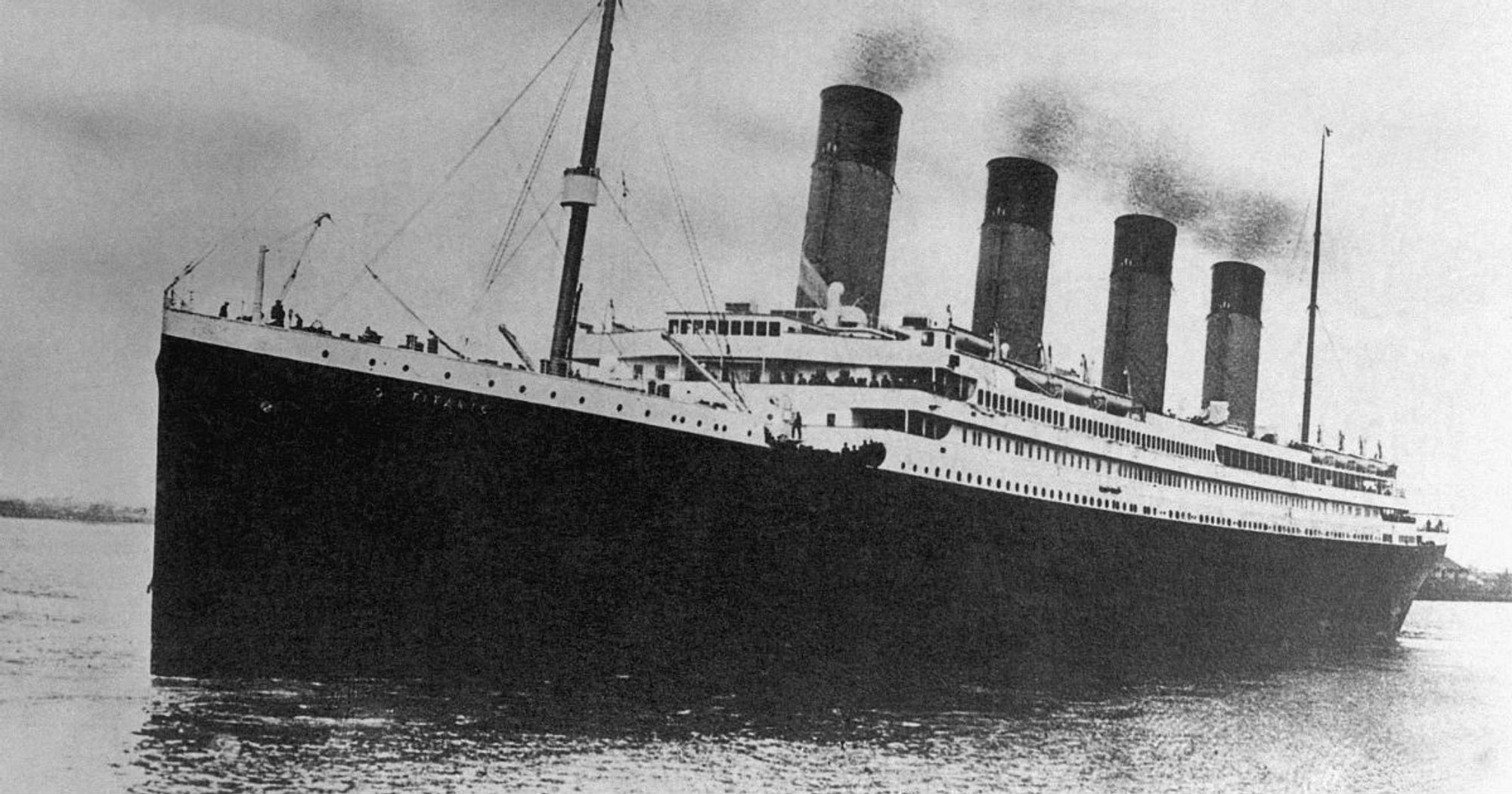
Burning coal for energy releases a whole lot of smoke, and so it’s no surprise that the Titanic needed four funnels, also known as stacks. Three of these stacks were dedicated to venting smoke out of the boat and away from the passengers, while one was an air vent, which vented steam. When the boiler room began to flood, there was a worry that the cold water hitting the warm steam would cause the funnels to explode, so select firemen were given the task of venting as much steam as fast as possible.
The youngest survivor

A nine-month-old girl became the Titanic’s youngest survivor. She was travelling along with her parents and her brother Bertram in the hopes of starting a new life in the USA. However, when the disaster struck, her father perished while she, Bertram and her mother escaped. The grieving family decided to move back to England, and on the voyage home, the baby girl – named Elizabeth Gladys Millvina Dean – was considered “the darling of the ship”.
The captain didn’t make the choice to turn
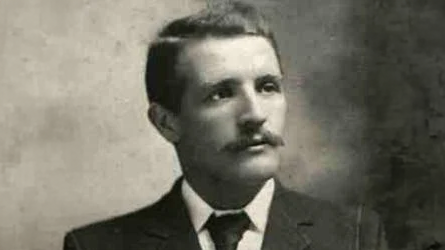
One of the most famous stories of the Titanic is that of the captain nobly going down with his ship. However, it wasn’t actually Captain Edward J. Smith who responded to the threat of the iceberg. Smith had already retired for the evening, leaving First Officer William McMaster Murdoch in charge. When Murdoch was told about the iceberg, he ordered the ship to turn and the engines to be turned off, but it wasn’t enough to stop the collision.
The first officer only had seconds to react
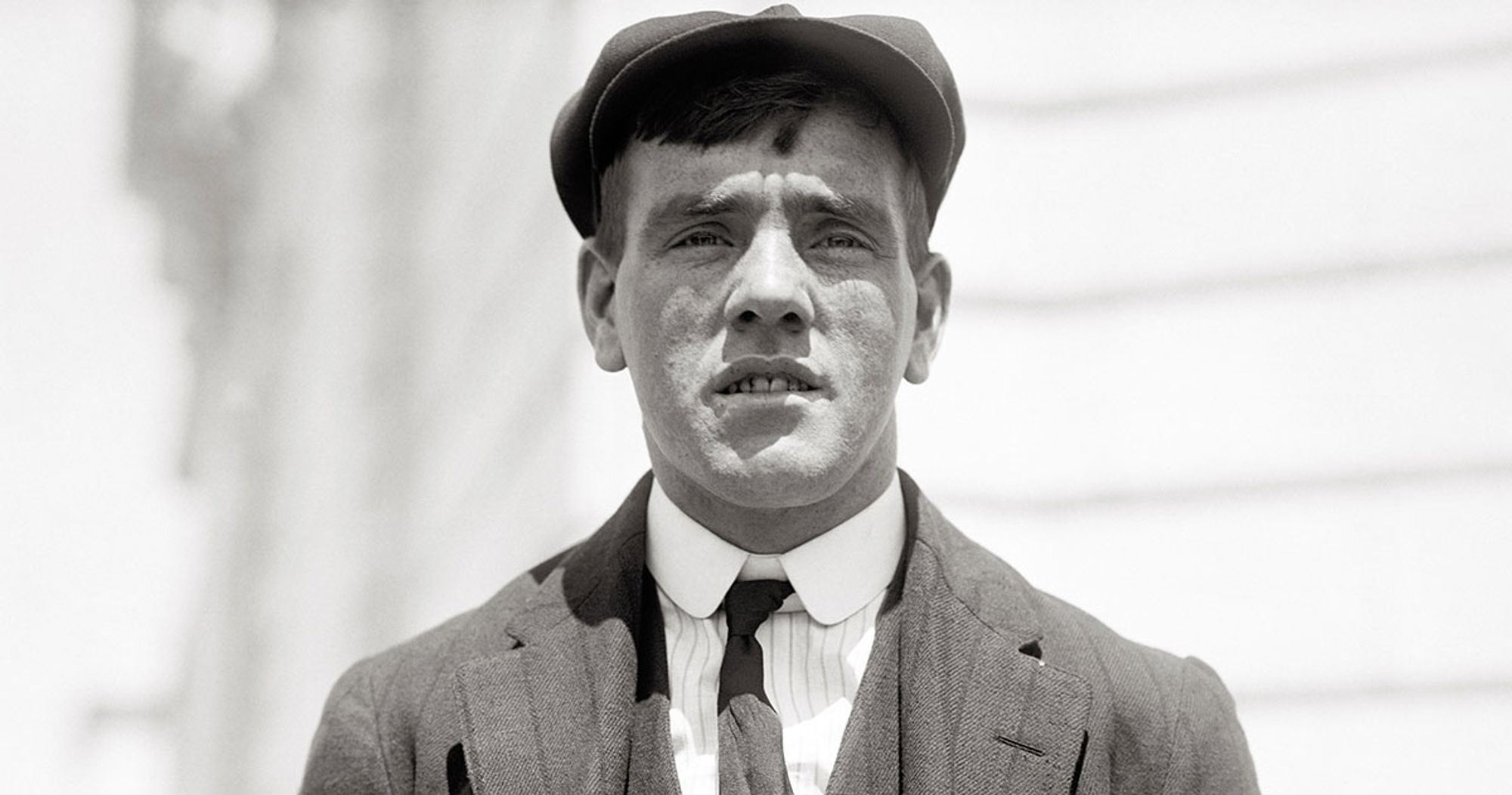
Rather than First Officer William McMaster Murdoch, it was actually lookout boy Frederick Fleet who spotted the iceberg. Unfortunately, the Titanic was a minute away from collision when he saw it, and by the time the message was relayed, Murdoch had just 30 seconds to decide what to do. Fleet survived the sinking but suffered from depression for years afterwards, and eventually took his own life in 1965.
Several other ships warned the Titanic about ice
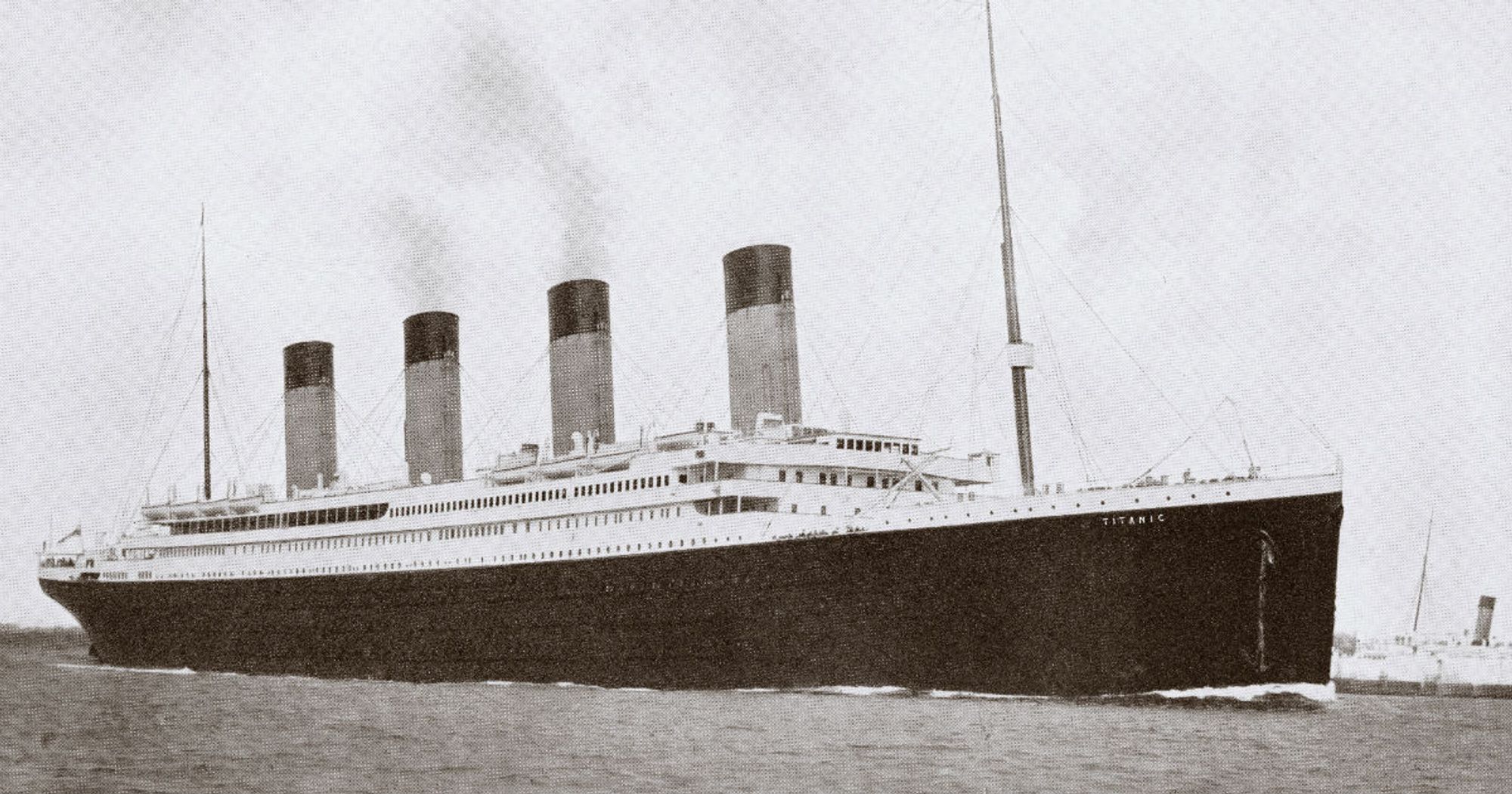
On the day leading up to the disaster, several ships sent messages about the amount of field and pack ice in the ocean on the Titanic’s planned route. These messages were supposed to be passed to the bridge of the Titanic, but tragically, only two of six were received by the crew. This was due to a backlog of passenger messages, which meant the radio operator had to spend more time transcribing and sending than listening and reporting.
No more survivors

Millvina became a British civil servant and cartographer. She passed away from pneumonia in 2009, at the age of 97, at which point she was the last living survivor of the wreck. She was cremated and her ashes were scattered at the same Southampton docks where the Titanic set out on its doomed voyage.
The hunt for the wreck took 73 years

The Titanic now lies at 12,500 feet below the Atlantic, around 370 nautical miles from Newfoundland. Its great depth, combined with a lack of accurate co-ordinate information at the time of the tragedy, meant that it proved particularly difficult to track down. In 1985, it was finally found by former Navy officer Robert Ballard of the Wood Holes Oceanic Institution.
There are plans for a Titanic II

With a scheduled launch date in 2022, the Titanic II may soon reach the ocean. The Australian millionaire and politician Clive Palmer dreamt up a perfect Titanic replica that would make its maiden voyage from Southampton to New York City. Palmer is no stranger to extravagant schemes, having previously considered building a commercial Zeppelin company.
Paperwork saved a Nobel Prize winner from the voyage
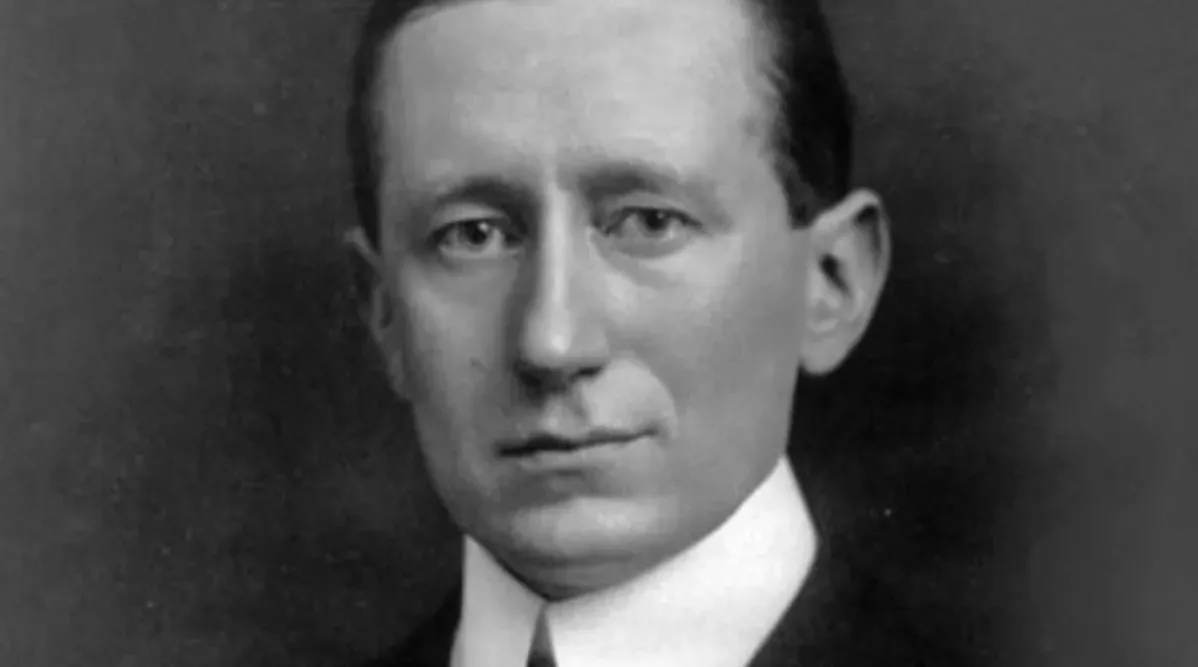
Guglielmo Marconi first won fame by inventing the telegraph, which revolutionised communication in his century. This Nobel Prize winner was actually offered a free ticket on the Titanic – surely a tantalizing prospect. But the inventor turned down the opportunity because he had too much paperwork to complete. Instead, he travelled to the USA on the Lusitania.
A resilient drinker survived the tragedy

Among the struggling passengers was Charles Joughlin, the ship’s head baker. He drank copious amounts of whiskey as he realised that the ship was going down, before braving the water. He clung to the ship as it sank, and then swam through freezing waters for two hours before a lifeboat spotted him. You can see him depicted by Liam Tuohy in the 1997 movie.
The engineers sacrificed their lives to help passengers

Among the greatest heroes of the Titanic tragedy were the engineers. These brave men stayed calm and remained below decks even as the ship was sinking, so that they could keep the power running and prolong the ship’s life. As others escaped, every single one of the Titanic engineers stayed and drowned. You can see a 1914 memorial to the engineers in Southampton.
Love in the air
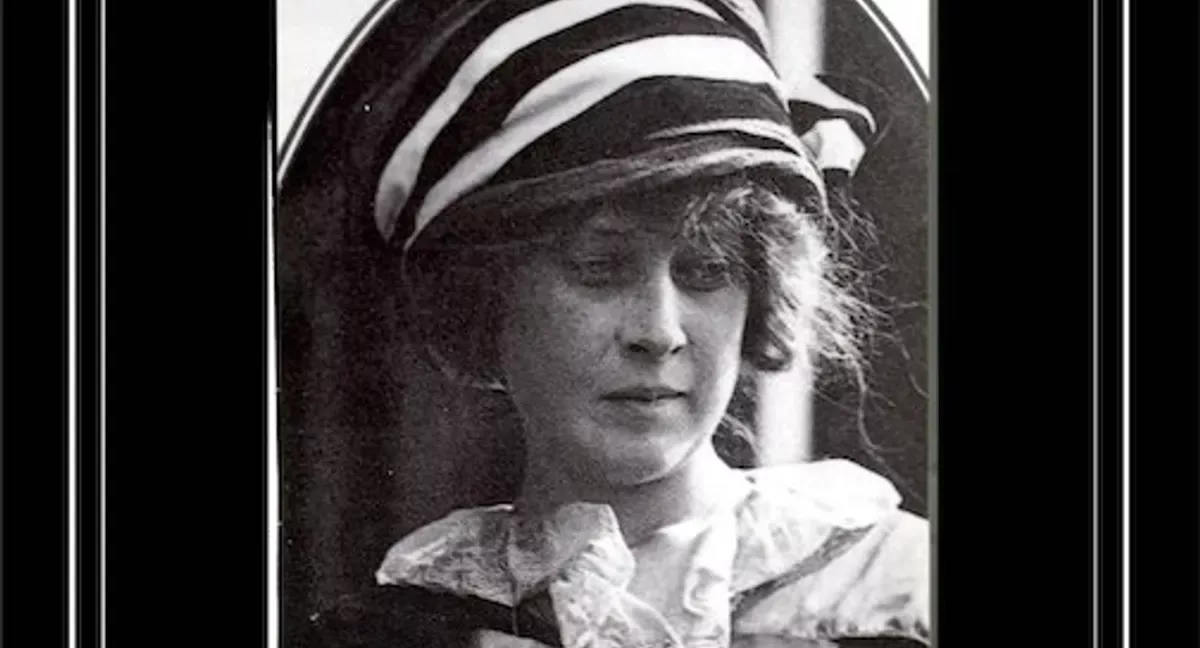
Among the Titanic’s unfortunate passengers were 13 couples who were celebrating their honeymoons. Three of the unlucky couples were killed in the disaster, while six couples survived, and four of the newlyweds returned without their partners.
The Belfast Shipyard
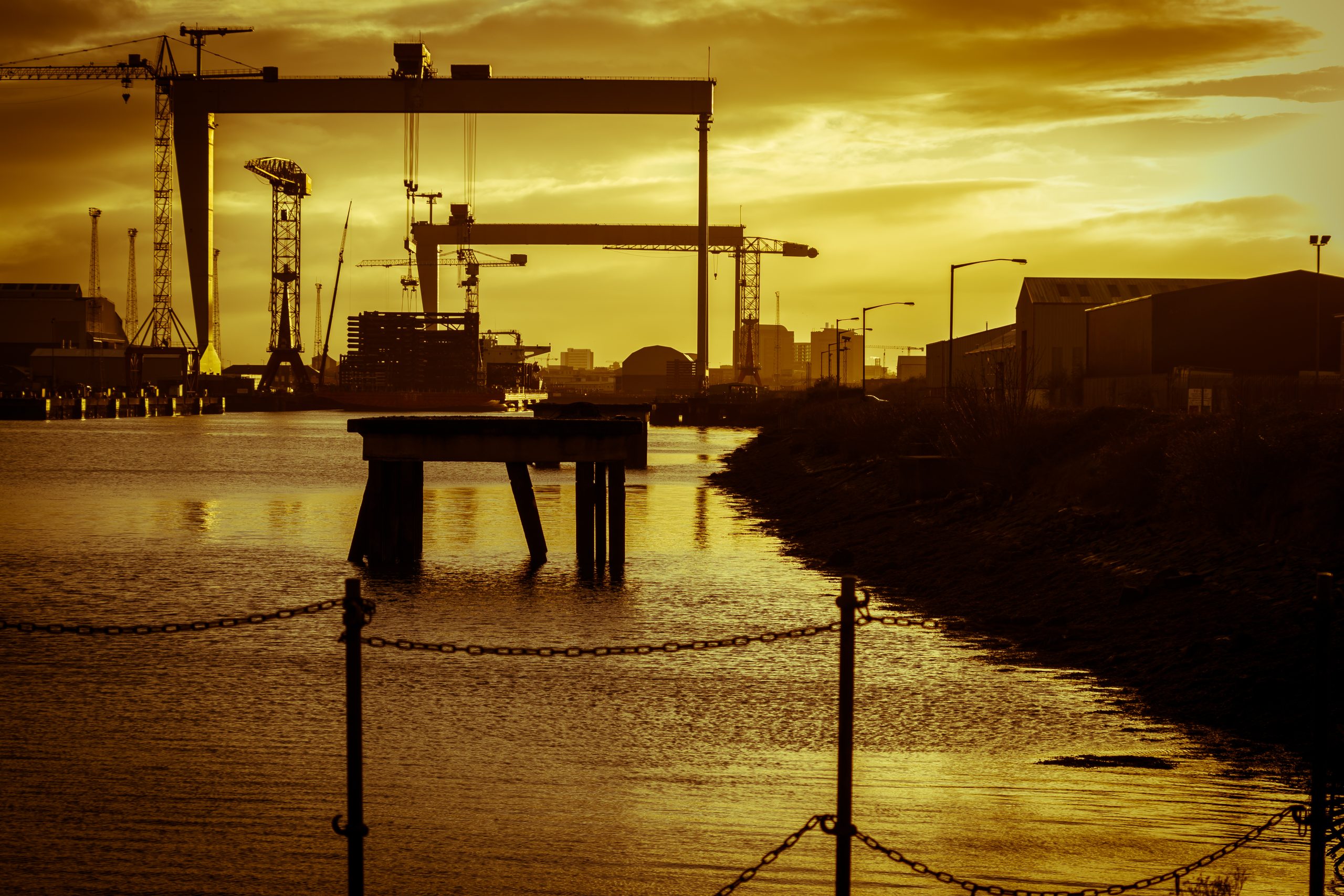
The Titanic was built in Belfast at the Harland and Wolff shipyard, with construction beginning in 1909. From 1900 to 1930, the shipyard was Belfast’s largest single employer and was responsible for building 70 boats for the White Star Line across this time. The slipway constructed to allow the Titanic to pass through has since been renamed Titanic Quarter.
Consequences for the feminist movement

The sinking of the Titanic was an event with an impact that reverberated around the world, including in less-obvious ways. For example, in the immediate aftermath of the tragedy, the St. Louis Post-Dispatch newspaper suggested the US Suffragette movement would end as a result of the Titanic’s demise. The idea was that women would be so afraid of the “women and children first” lifeboat rule ending that they would give up the fight for the vote.
The consequences for safety

As a result of the Titanic shipwreck, numerous changes were made to travel by sea. The US Senate conducted an inquiry that led to a recommendation that the law be changed to require all passenger vessels to have “sufficient lifeboats to accommodate every passenger and every member of the crew.”
The RMS Lusitania

If the design of the Titanic seems to suggest a ship with something to prove, that’s because she was. White Star Line’s Titanic and her sister ship Olympic were both built to compete with the Cunard liners Lusitania and Mauretania, which were the hot ticket in town until 1912.
Its dangerous wake
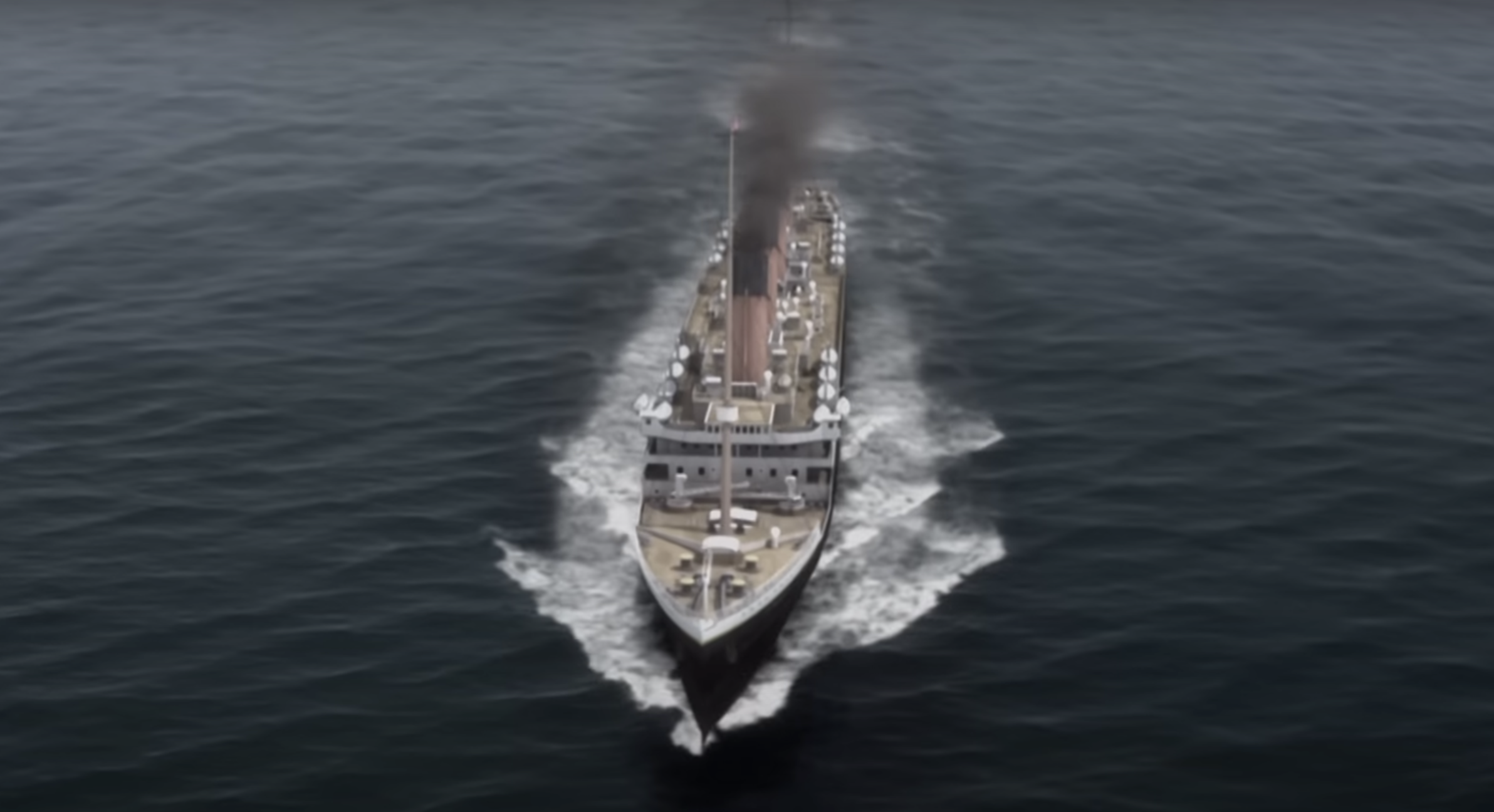
Though the Titanic ended up presenting a very clear and present danger to its passengers, it also endangered the lives of those travelling on other ships before the sinking even began. Allegedly, Titanic’s wake was so large that it at one point narrowly avoided pulling another boat under the water.
The swimming pool
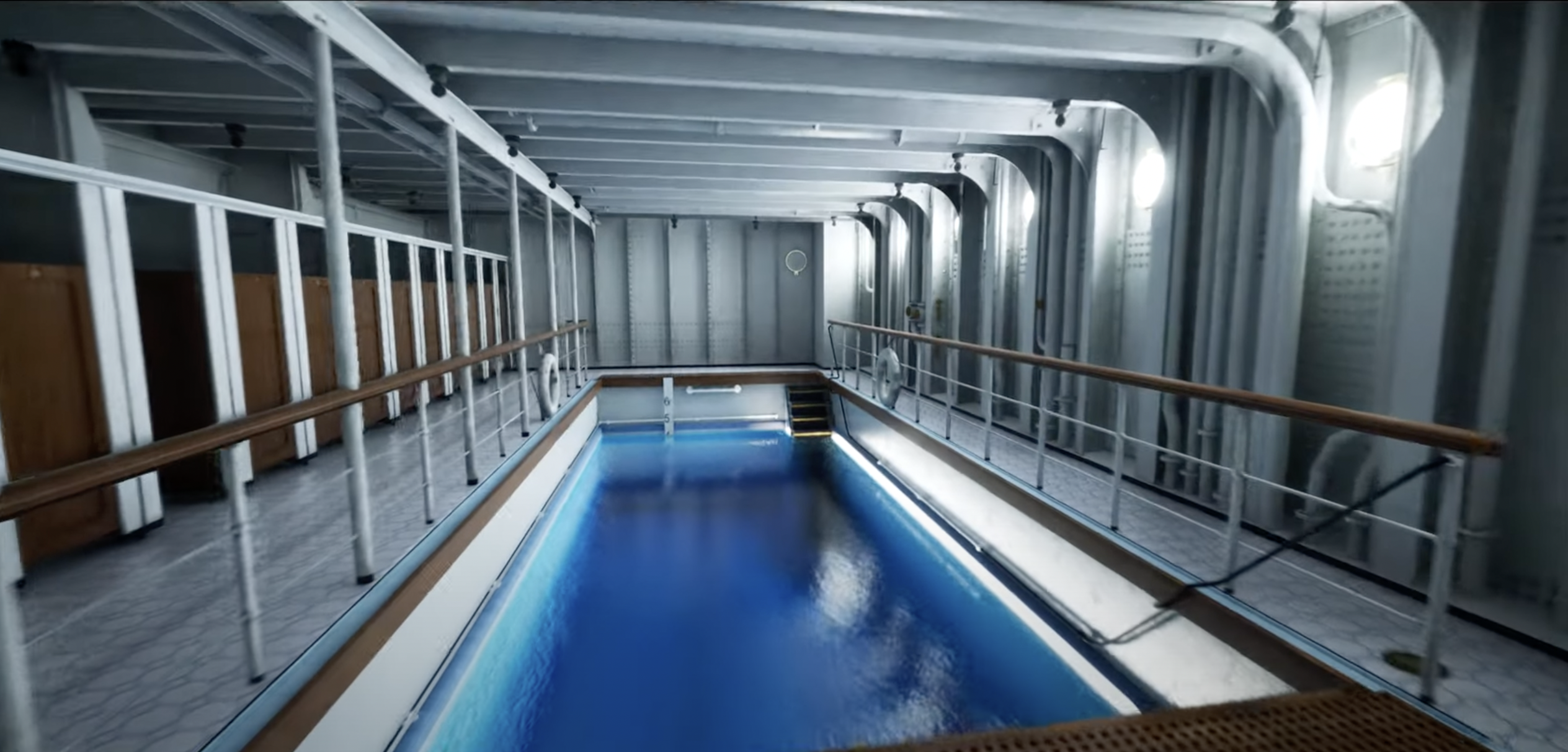
In addition to all the other luxuries that travelling on a first-of-its-kind vessel afforded, the Titanic also had some more novel amenities to be enjoyed. First-class passengers could enjoy a saltwater pool, which was thought to have medicinal properties that aided health and well-being.
Edith Rosenbaum’s premonition
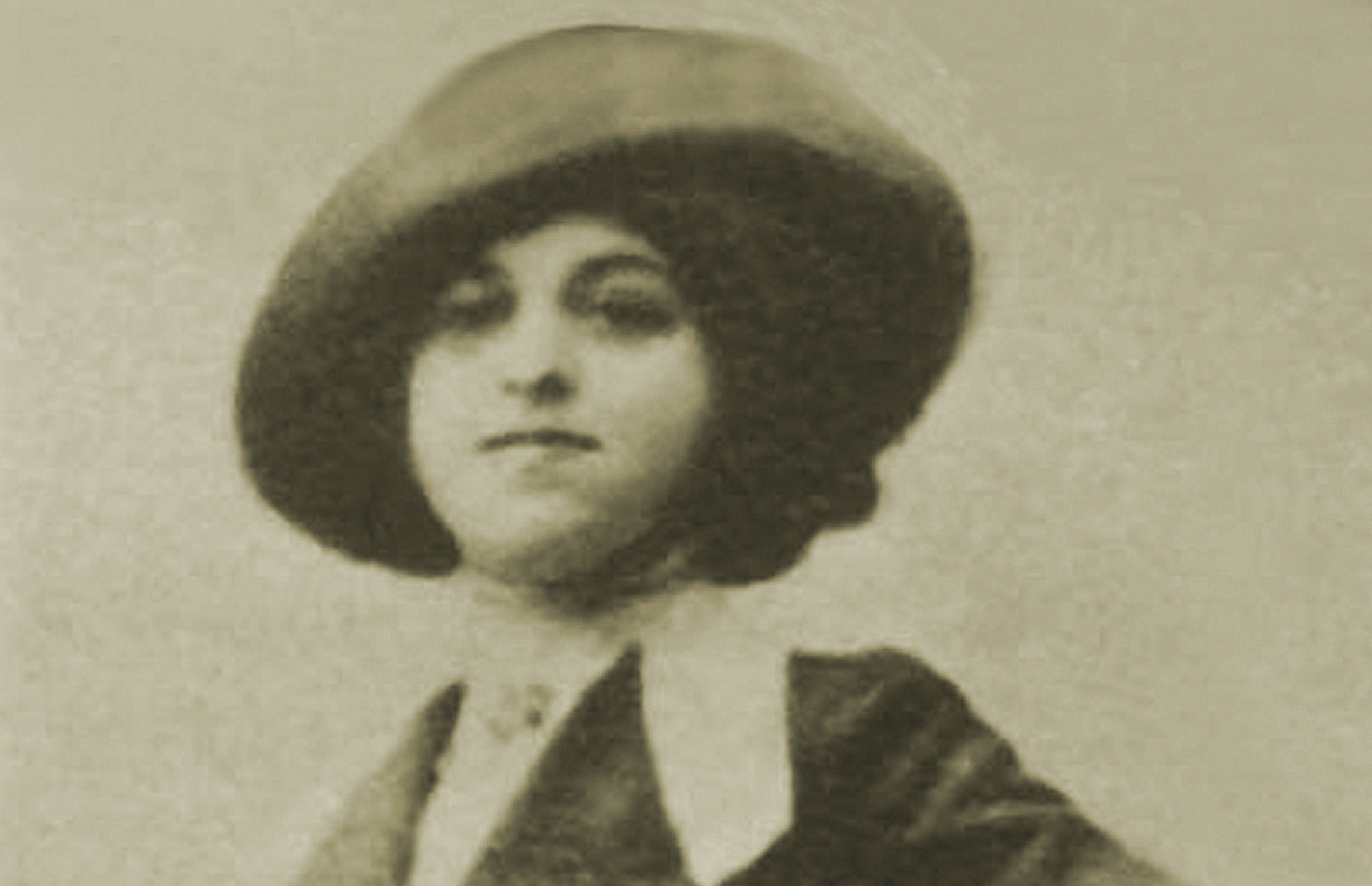
Before she even boarded the Titanic, Edith Rosenbaum was already on her way to becoming a sensation, having worked as an haute couture saleswoman and then a fashion correspondent in Paris. Before setting foot on the boat, Rosenbaum cabled her secretary saying that she had “a premonition of trouble” about the journey. She managed to board a lifeboat and survive.
Rosenbaum’s precious pig
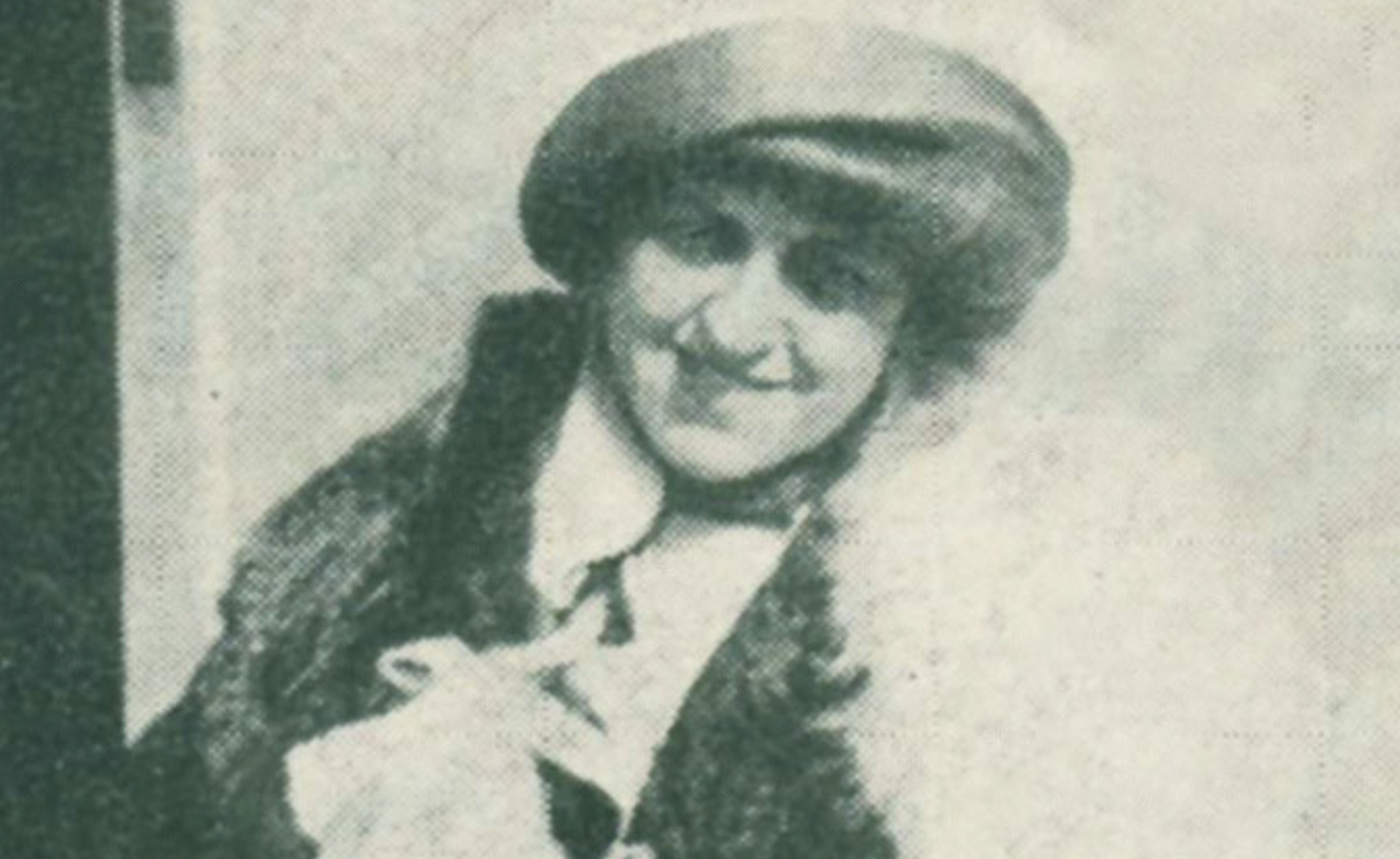
Rosenbaum’s Titanic story didn’t end with her bad feeling about the journey. Just before boarding a lifeboat, she retrieved her most prized possession from her room: a pig-shaped music box. When the children on her lifeboat began to cry and panic, she used the musical pig to calm them and make them laugh.
William Edward Minahan’s ominous fortune
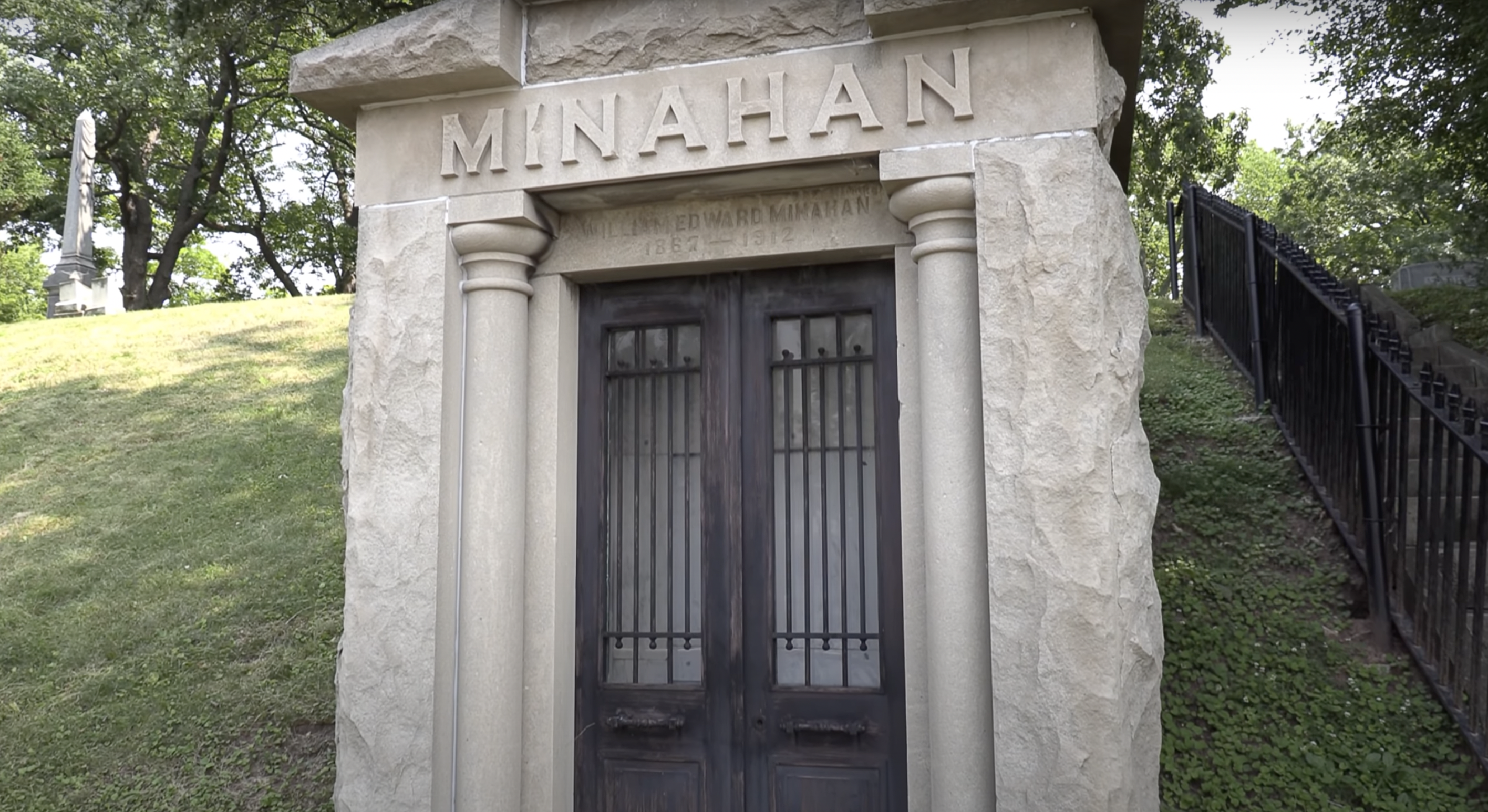
After the tragedy, the mythology around the sinking of the Titanic and the lives of its passengers grew and grew. Amongst the many poignant and unsettling stories that emerged was that of William Edward Minahan. Just before boarding the ship, the doctor got his fortune read and was told by the fortune teller that he would surely die on board. Unfortunately, she was right.
The evening dresses

Those travelling in second and third class had much lower survival rates overall, but they did have one advantage when it came to making it through the Titanic ordeal. Most of the first-class ladies boarded the lifeboats still in the silk evening dresses they wore to dinner, and had to be gifted heavy coats by the passengers of the RMS Carpathia.
The bathrooms

Despite the Titanic’s glamorous depiction in books, documentaries and movies, life aboard wasn’t the pinnacle of sophistication for everybody. Specifically, if you were unlucky enough to be placed in third class, then you could enjoy sharing one bathtub with 350 people of your gender, as there were only two bathtubs available for use: one for boys, and one for girls.
Margaret Brown’s heroism

Margaret Brown was an American socialite who boarded the Titanic in order to reach her sick granddaughter in New York. When the ship sank, she initially refused to board a lifeboat, instead helping others to safety. After finally leaving on lifeboat number six, Brown threatened to throw the in-charge quartermaster overboard if he didn’t return to rescue passengers left in the water.
Molly the Unsinkable
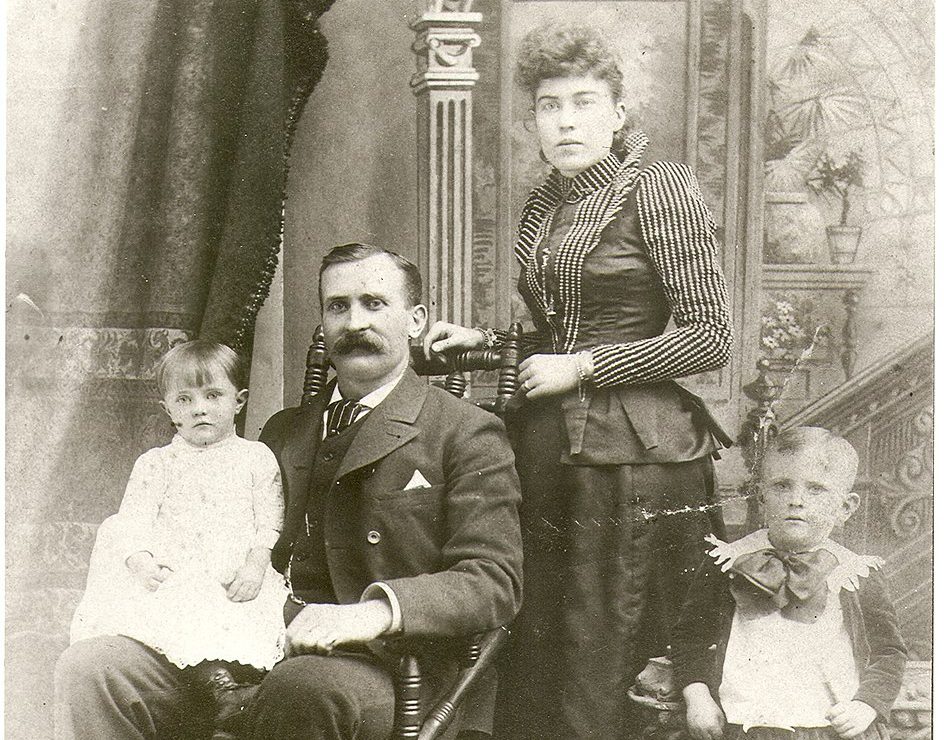
Following her survival, Margaret Brown organised a committee with other first-class survivors to secure necessities and funds for the less fortunate second- and third-class survivors. She even provided informal counselling for those traumatised by the tragedy. In her later life, Brown would run for Colorado’s U.S. Senate seat before women’s suffrage was granted, but she ended her campaign to serve abroad as a philanthropist during World War I instead.
W. T. Stead predicted his death on the Titanic
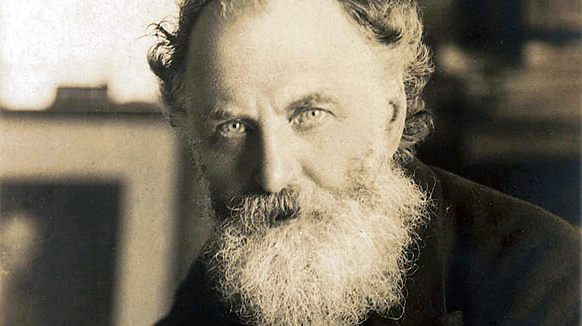
William Thomas Stead was an English editor and arguably the father of investigative journalism. During his career, Stead wrote two hypothetical articles, one which outlined what would happen if a ship went down without enough lifeboats, another detailing the sinking of a ship by an iceberg. Both articles proved grimly prescient, as Stead died in the frigid waters of the Atlantic when the Titanic sank.
Eight workers were killed building the Titanic
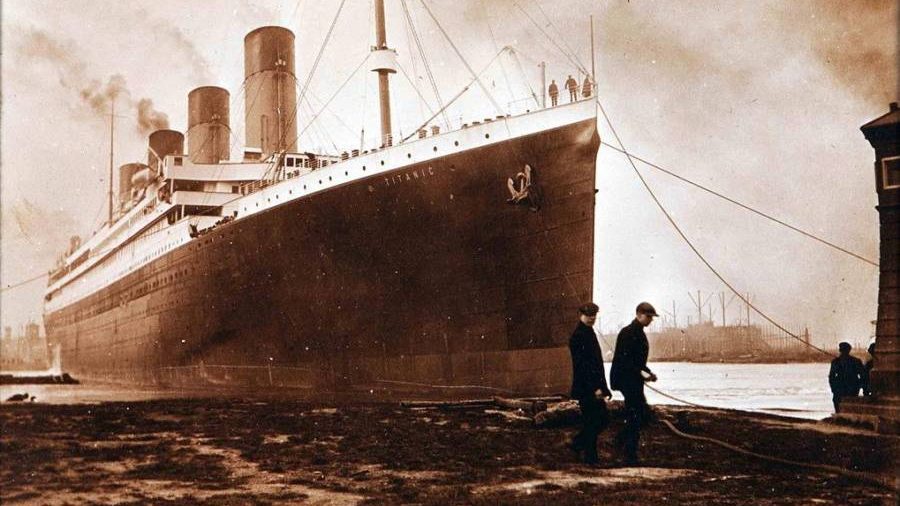
When the Titanic went down on 14th April, 1912, over 1,500 unfortunate passengers and members of the crew lost their lives. However, the ship had claimed lives even more its doomed maiden voyage. According to records kept by Harland and Wolff, eight workers lost their lives during construction, and a further 28 were seriously injured in accidents.
Harland and Wolff existed until 2019
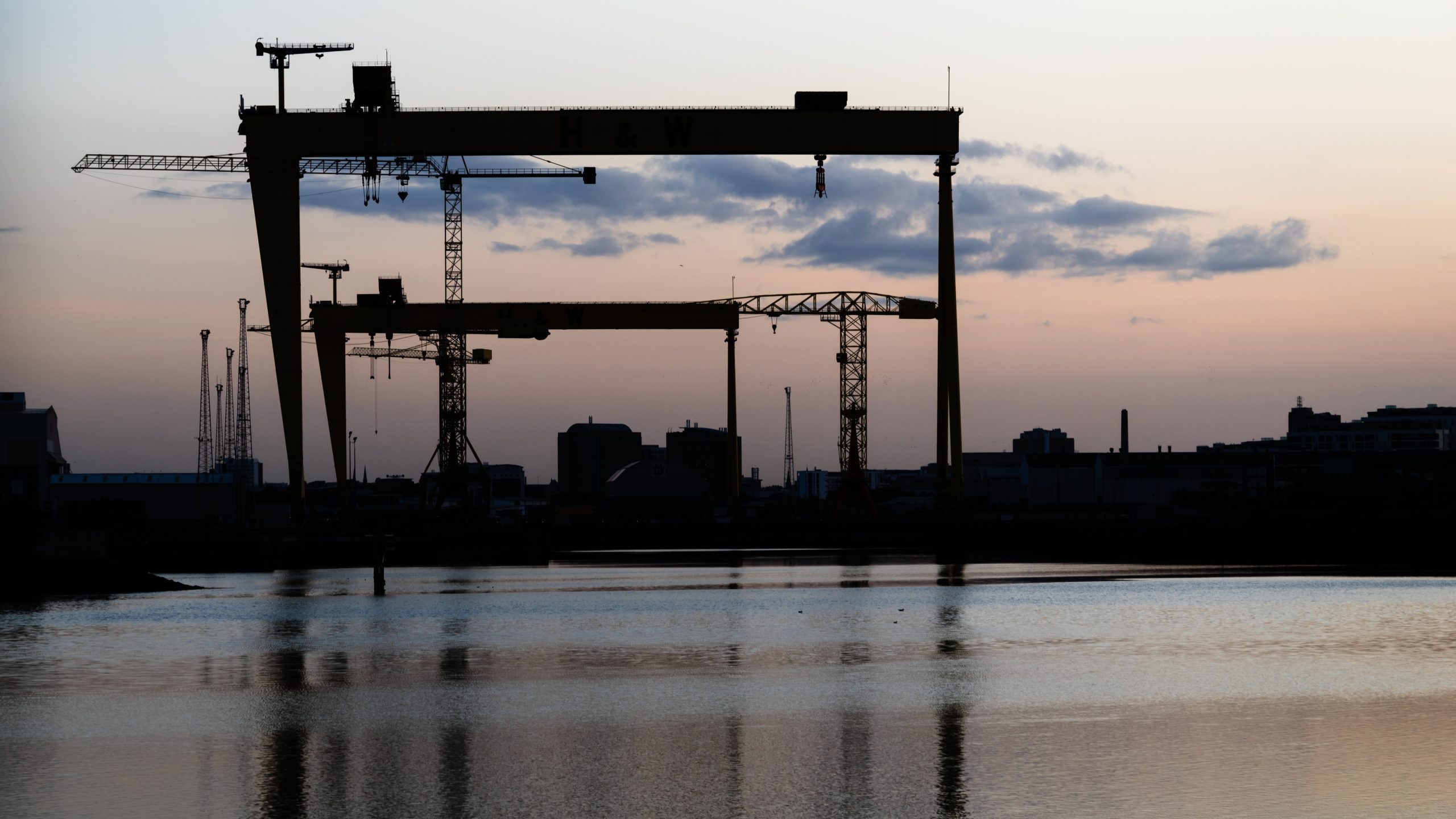
While the sinking of the Titanic was a disaster for shipbuilding firm Harland and Wolff, the company managed to limp on and opened a new shipyard in Scotland. After building warships for the Navy in the two World Wars, Harland and Wolff built oil tankers before largely abandoning shipbuilding to focus on offshore energy infrastructure. In 2019, the company went into administration and ceased operations.
The water the Titanic sank in was -2°C
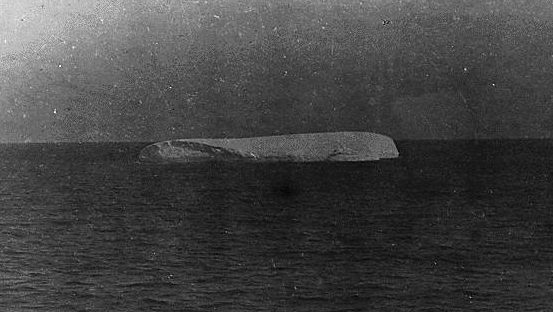
Although the official report lists drowning as the cause of death for most of the Titanic’s victims, in reality most would have died from immersion hypothermia after falling into the icy waters of the Atlantic. With the temperature of the water at around -2°C, unconsciousness and death would have come within minutes for most, although some managed to last for significantly longer.
One of the Titanic’s designers died in the sinking

Nine employees of Harland and Wolff were onboard the Titanic during its maiden voyage as part of a guarantee group, there to identify any minor problems that needed to be rectified. One of these employees was Thomas Andrews, a seasoned naval engineer and one of the Titanic’s chief designers. All these men, Andrews included, died when the ship sank.
A Vanderbilt heir narrowly avoided the voyage
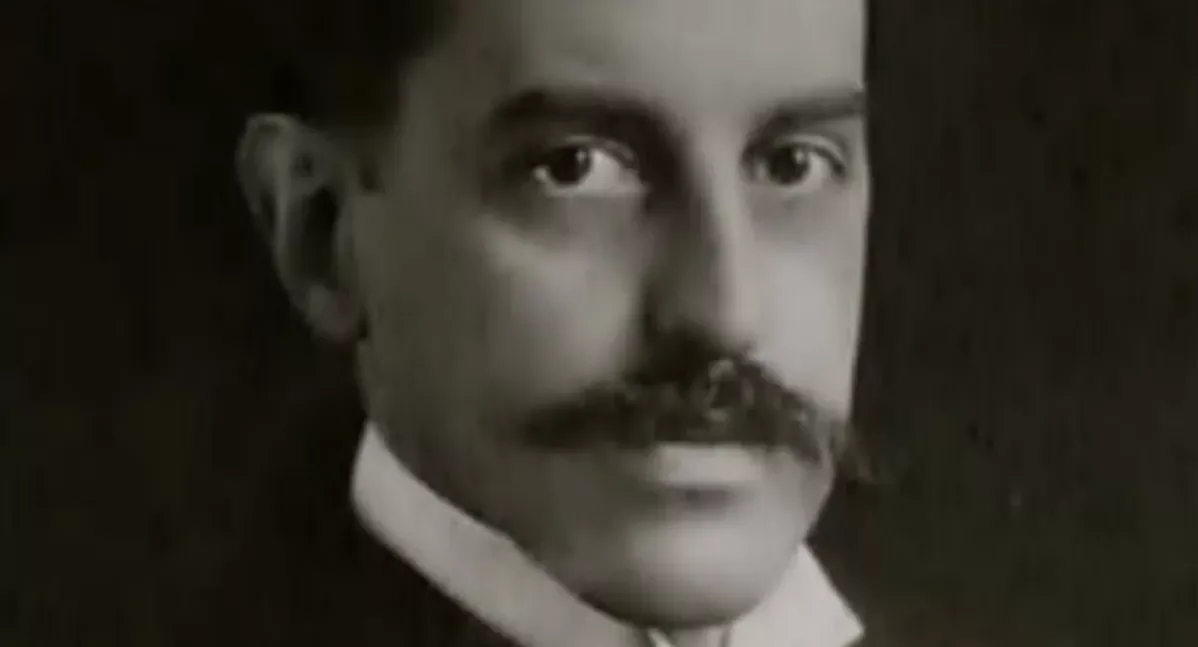
The grandson of the American business magnate Cornelius Vanderbilt, George Washington Vanderbilt narrowly avoided travelling on the Titanic. He had booked his ticket and was days away from boarding the ship, when his sister-in-law voiced her concerns about journeying on a maiden voyage. At the last moment, Vanderbilt changed his mind, and instead send his servant and his luggage on the Titanic. The servant died, while Vanderbilt went on to become a prominent art collector.
Author Theodore Dreiser also avoided the trip
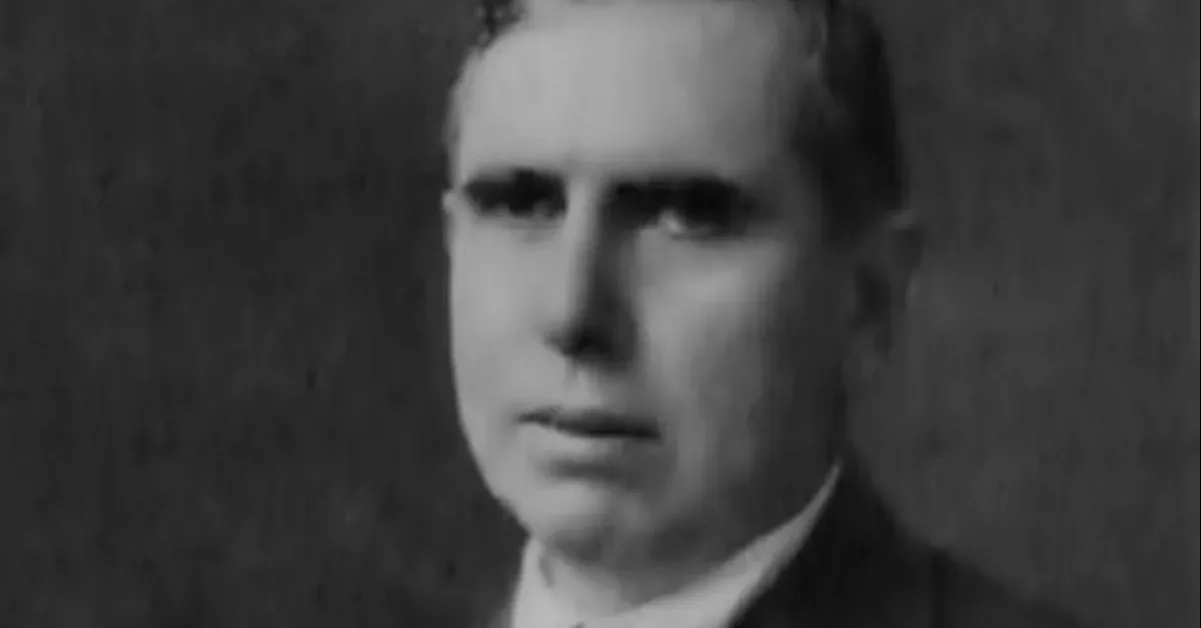
The American novelist Theodore Dreiser, who is best known for writing Sister Carrie and An American Tragedy, changed his mind about boarding the Titanic too. His publisher advised him to seek a cheaper route to the USA, and so he avoided the doomed voyage. He would later write, “To think of a ship as immense as the Titanic, new and bright, sinking in endless fathoms of water. And the two thousand passengers routed like rats from their berths only to float helplessly in miles of water, praying and crying!”
A steel tycoon missed the trip due to his wife’s injury
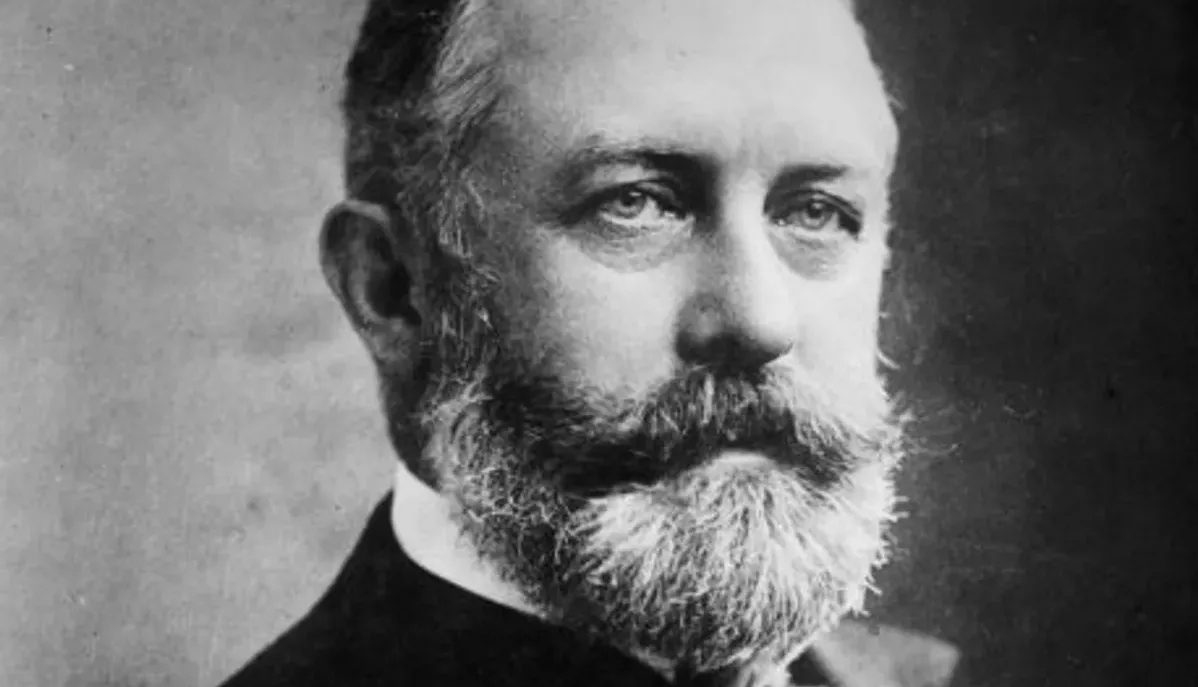
Another famous face that narrowly avoided the Titanic was Henry Clay Frick. Born in Pennsylvania, he was an American steel tycoon and founder of the H. C. Frick & Company coke manufacturer. He and his wife were booked onto the Titanic, but they had to change their plans after his wife sprained her ankle shortly before the ship set sail.